-
 © Tony Baker/Classic & Sports Car
© Tony Baker/Classic & Sports Car -
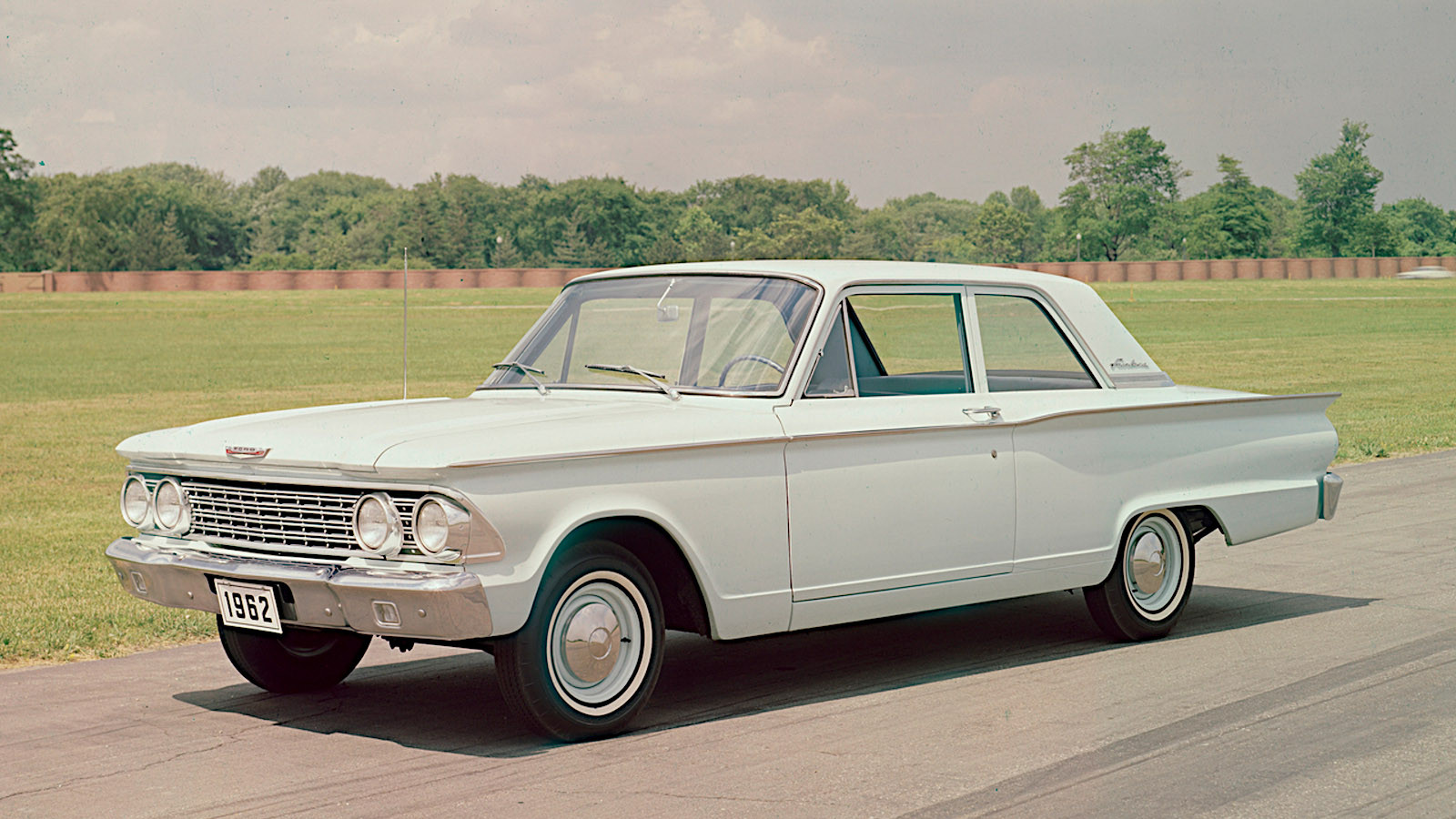 © Ford
© Ford -
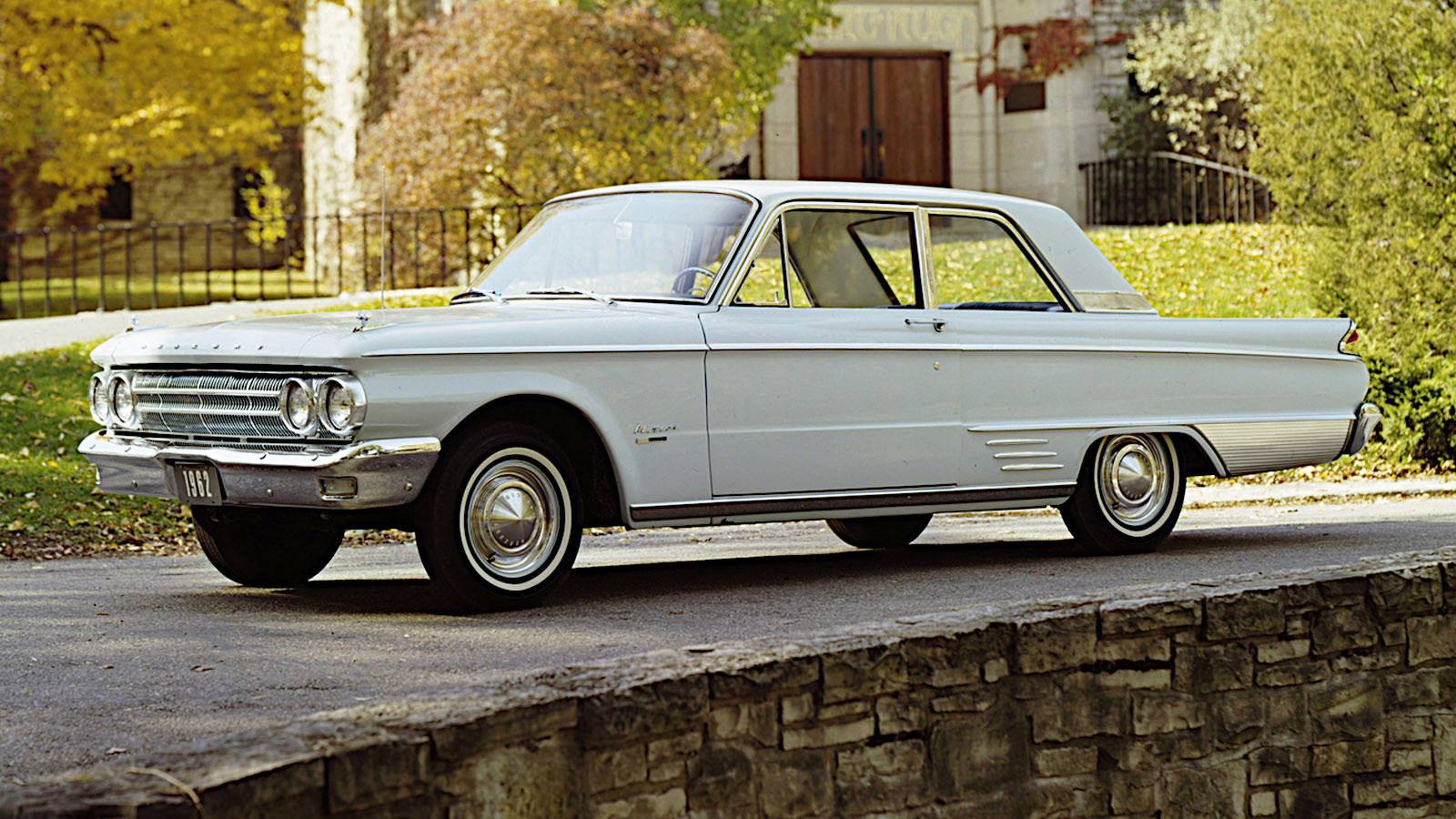 © Ford
© Ford -
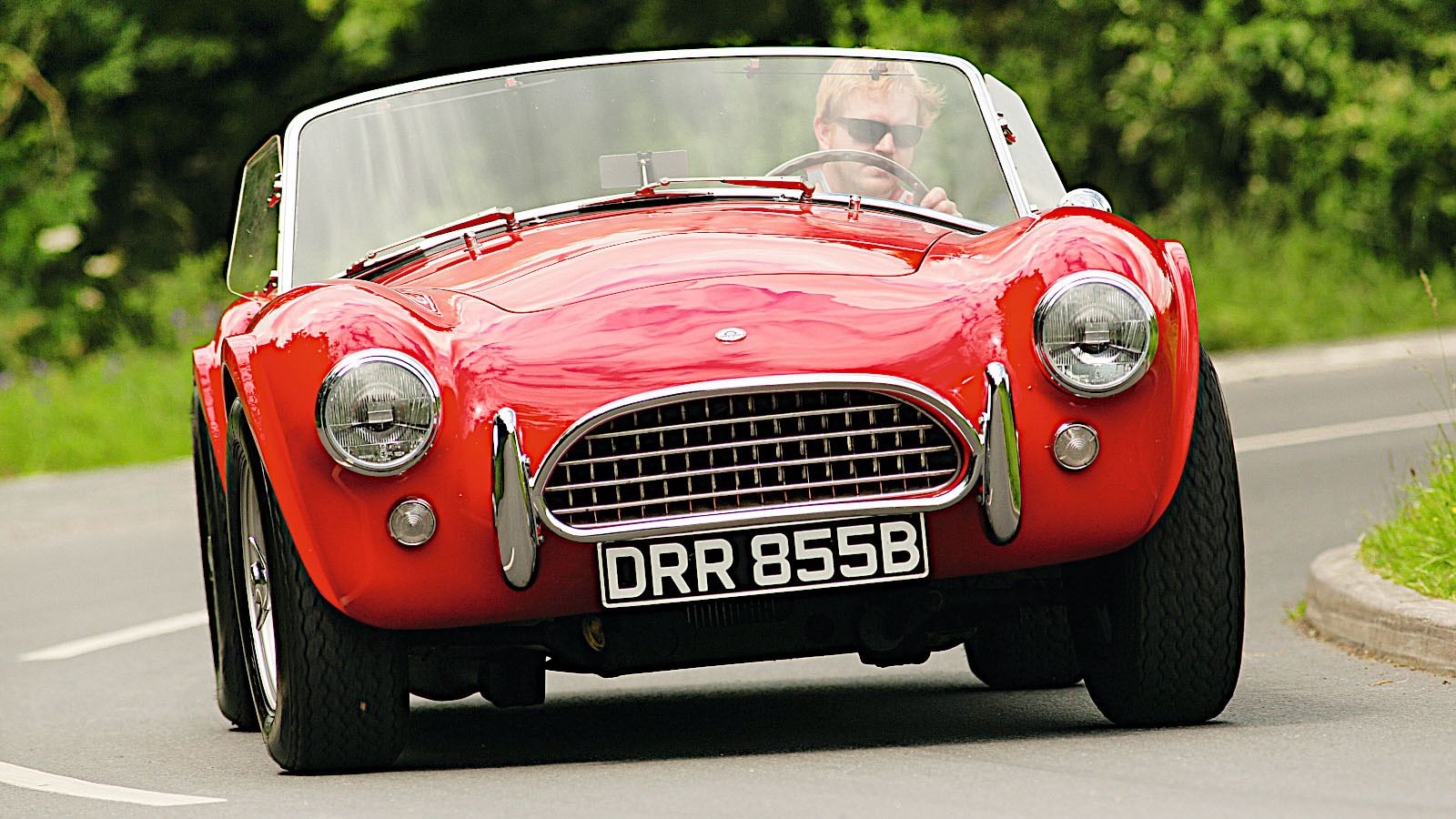 © Tony Baker/Classic & Sports Car
© Tony Baker/Classic & Sports Car -
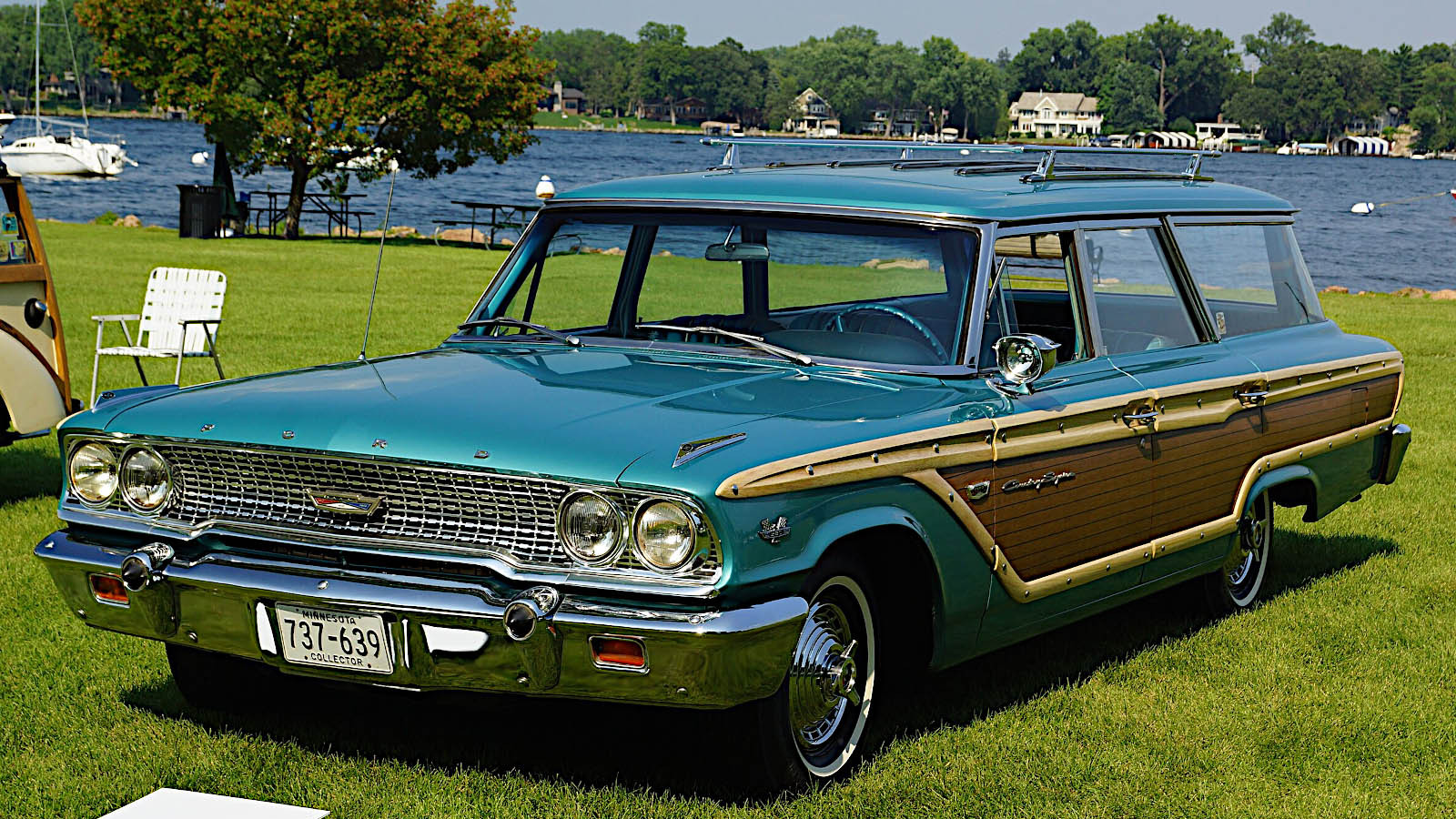 © Greg Gjerdingen/Creative Commons licence https://creativecommons.org/licenses/by/2.0/legalcode.en
© Greg Gjerdingen/Creative Commons licence https://creativecommons.org/licenses/by/2.0/legalcode.en -
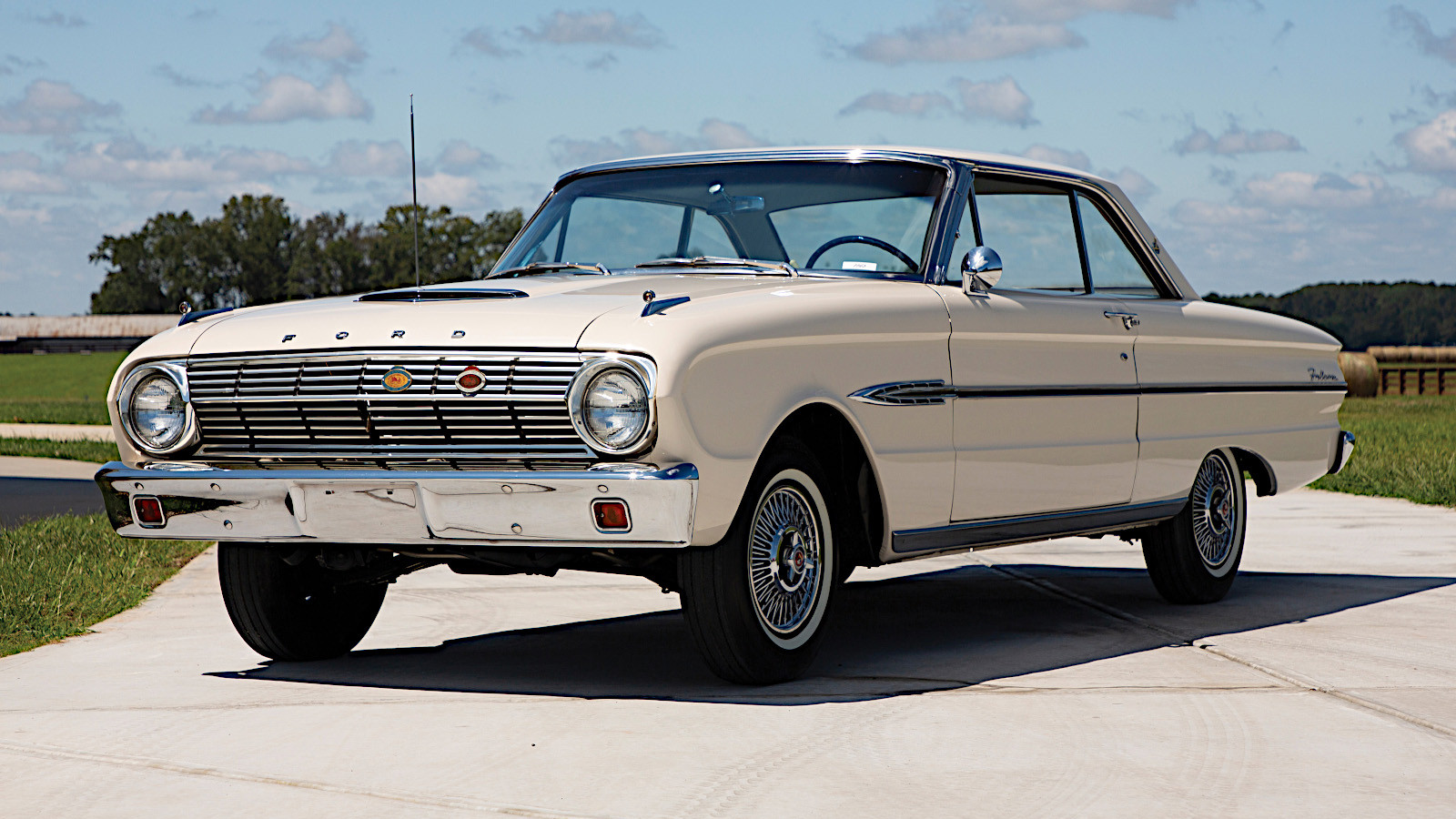 © David Sirotinsky/RM Auctions
© David Sirotinsky/RM Auctions -
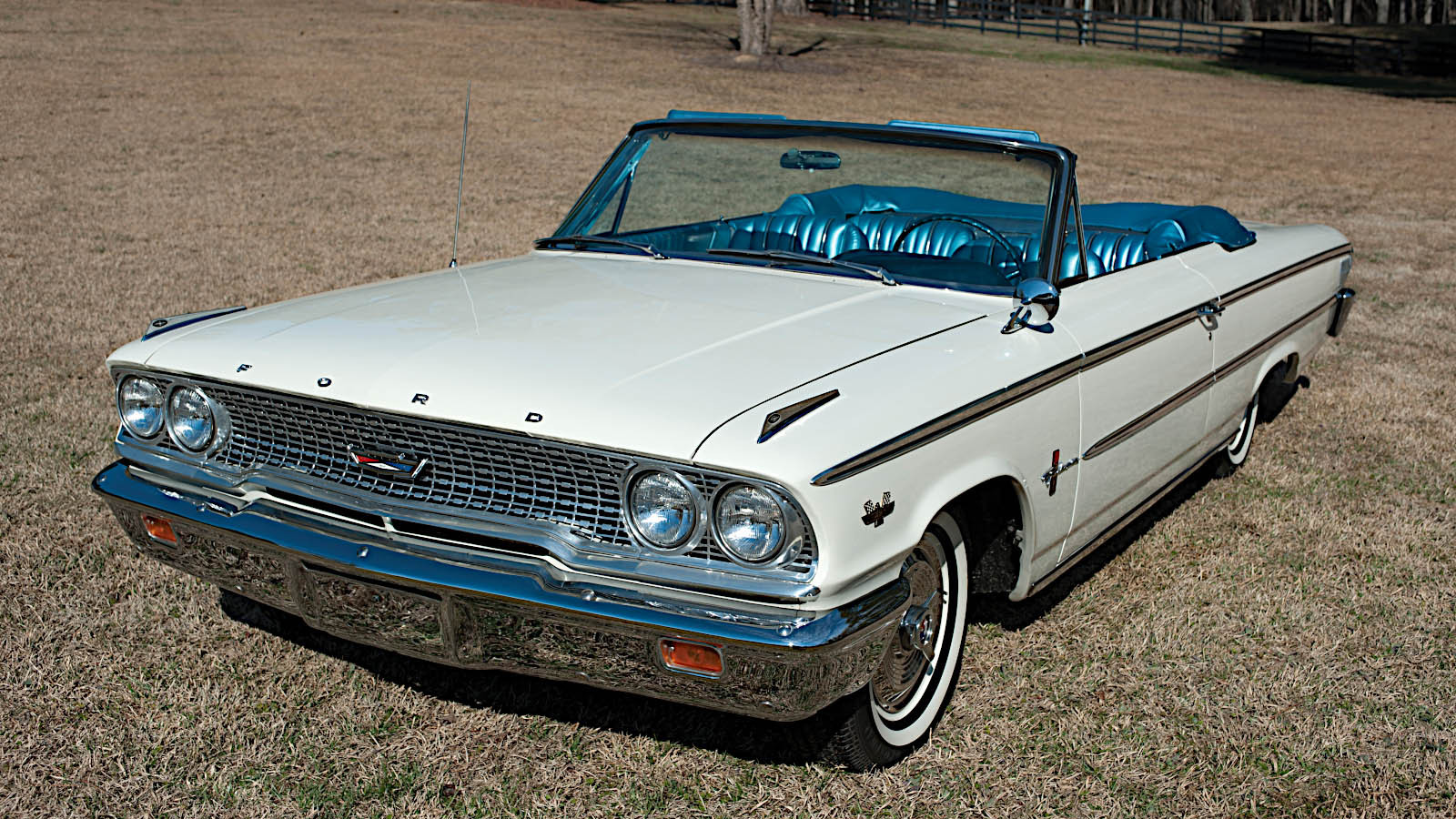 © Bryan Regan/RM Auctions
© Bryan Regan/RM Auctions -
 © RM Sotheby’s
© RM Sotheby’s -
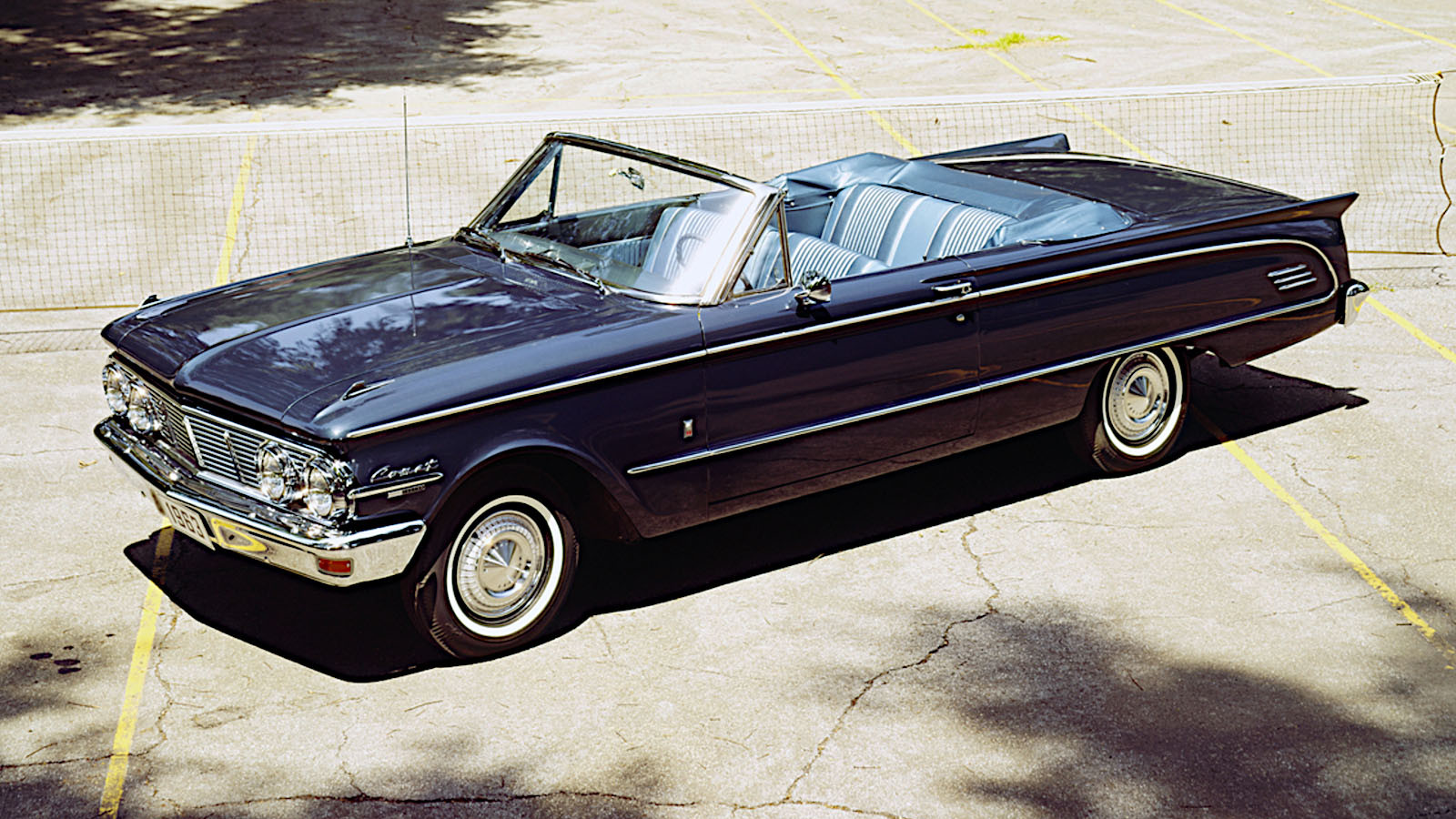 © Ford
© Ford -
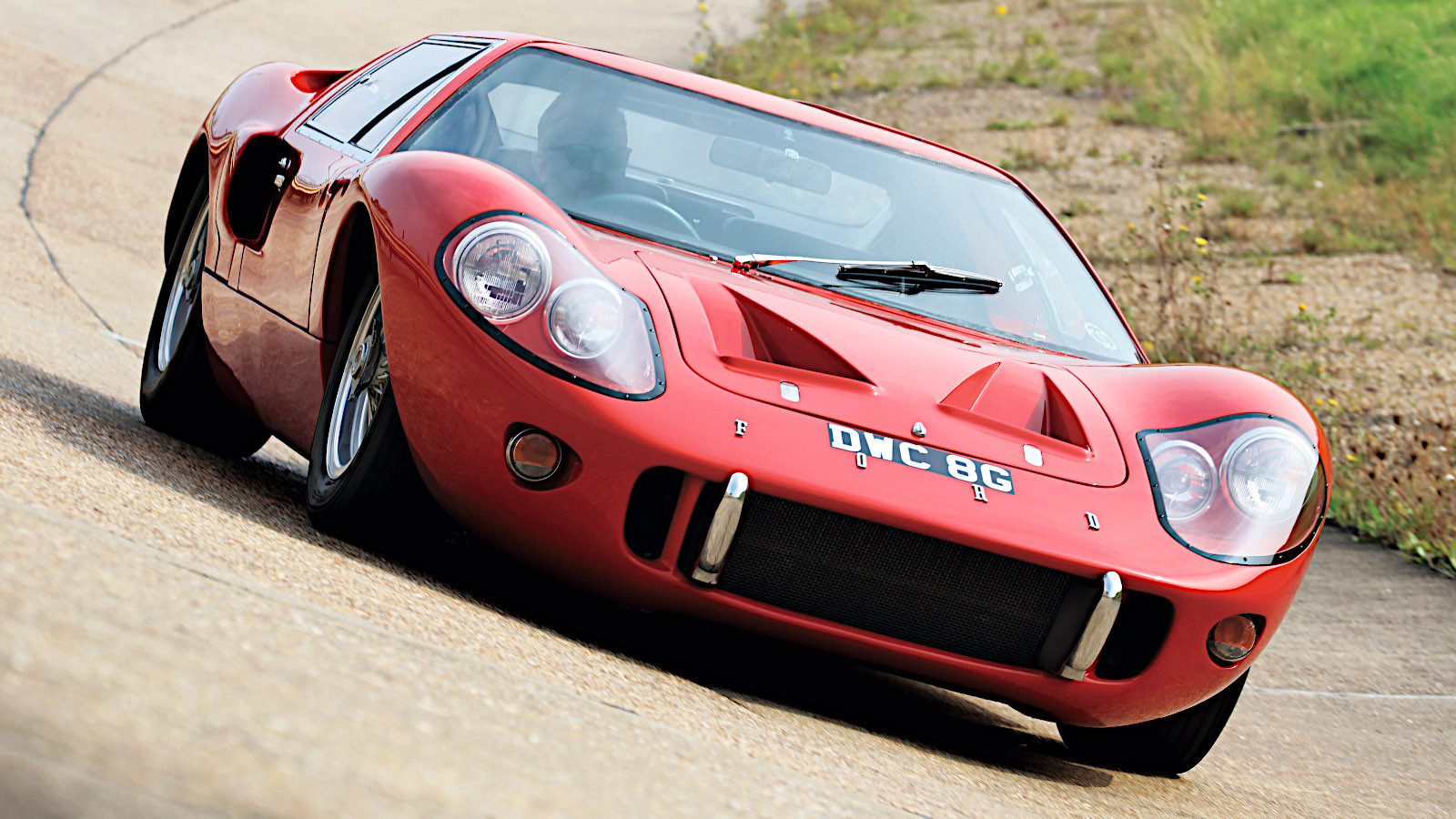 © James Mann/Classic & Sports Car
© James Mann/Classic & Sports Car -
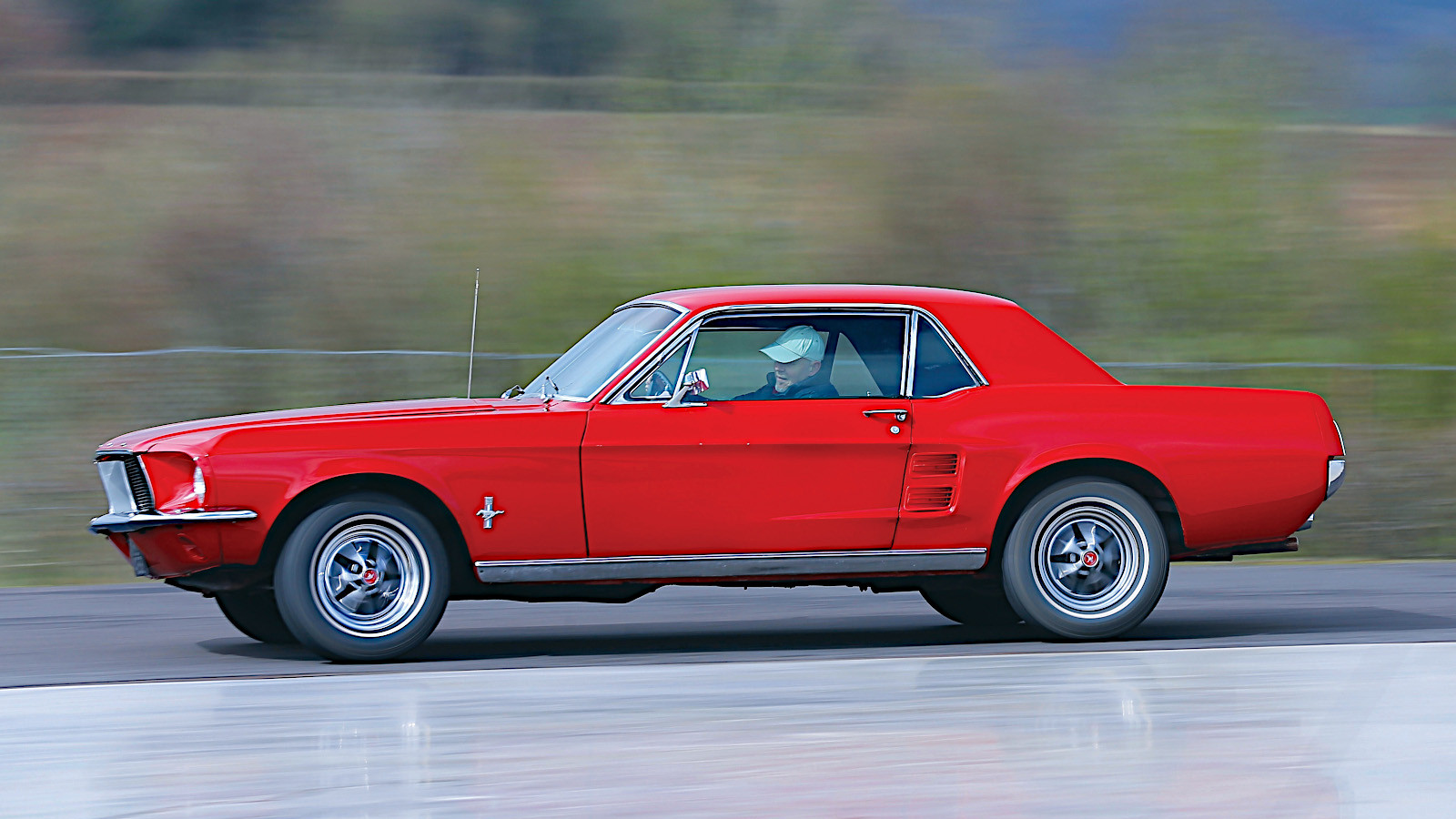 © Julian Mackie/Classic & Sports Car
© Julian Mackie/Classic & Sports Car -
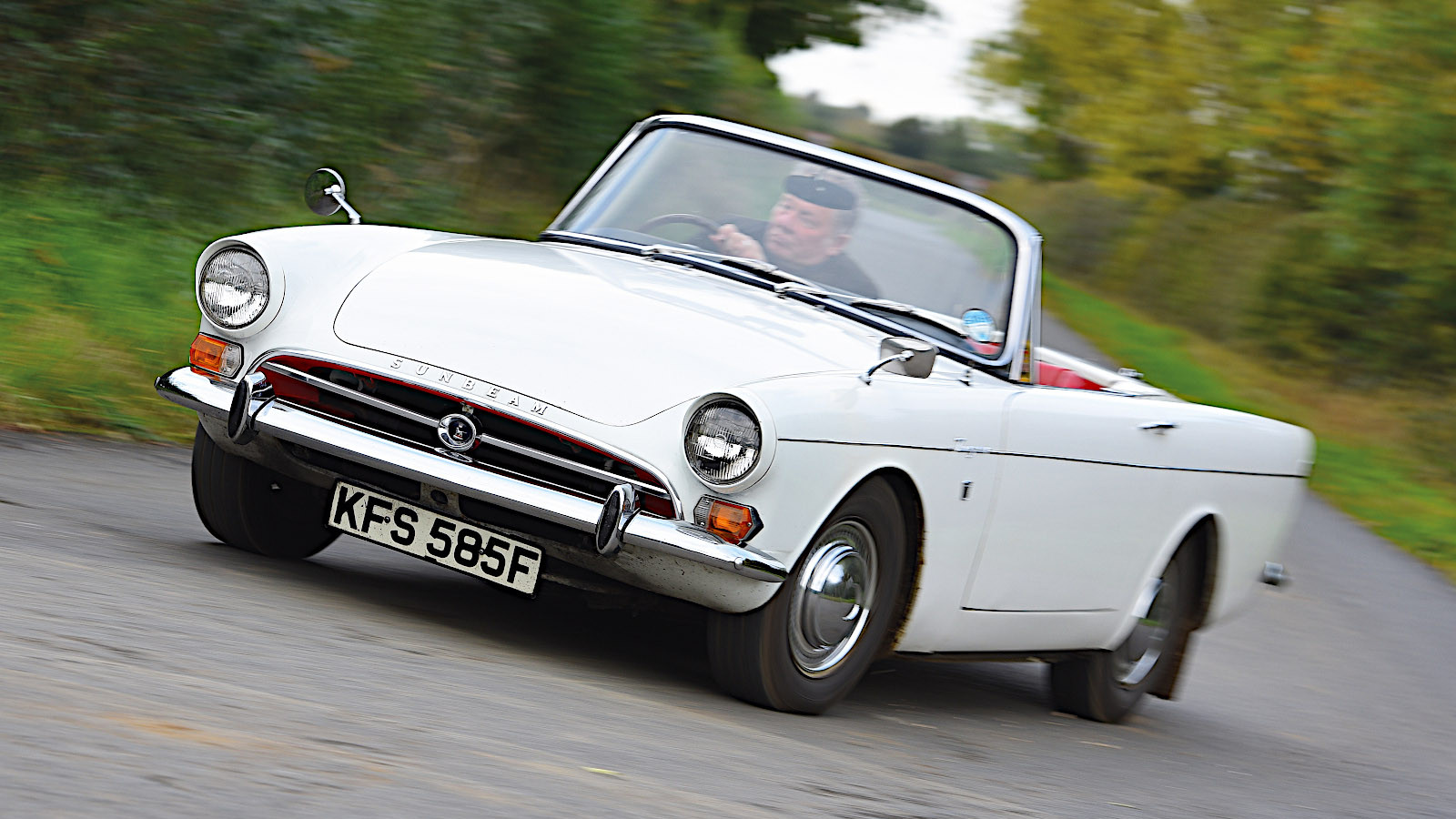 © Will Williams/Classic & Sports Car
© Will Williams/Classic & Sports Car -
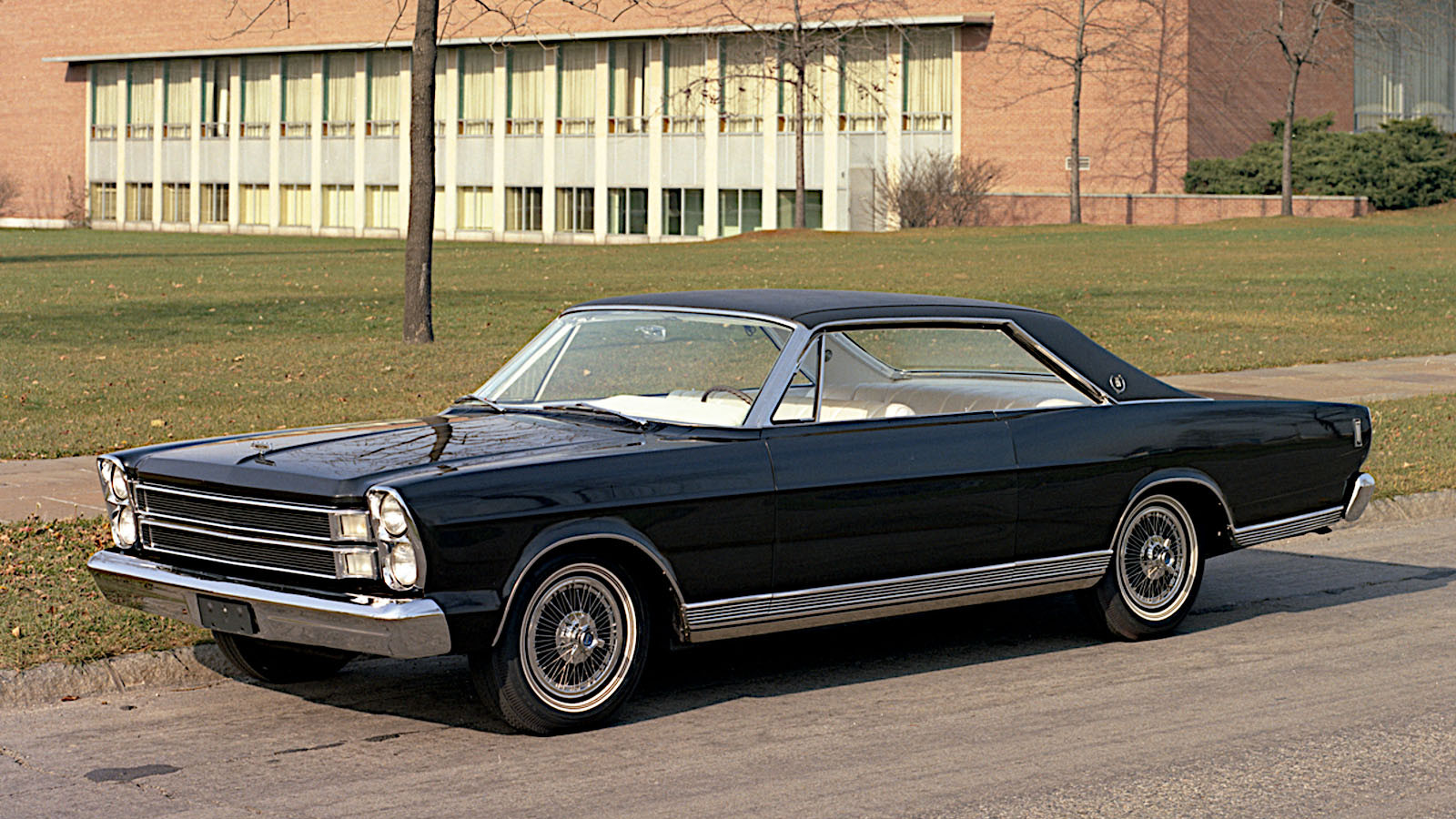 © Ford
© Ford -
 © Ford
© Ford -
 © Tony Baker/Classic & Sports Car
© Tony Baker/Classic & Sports Car -
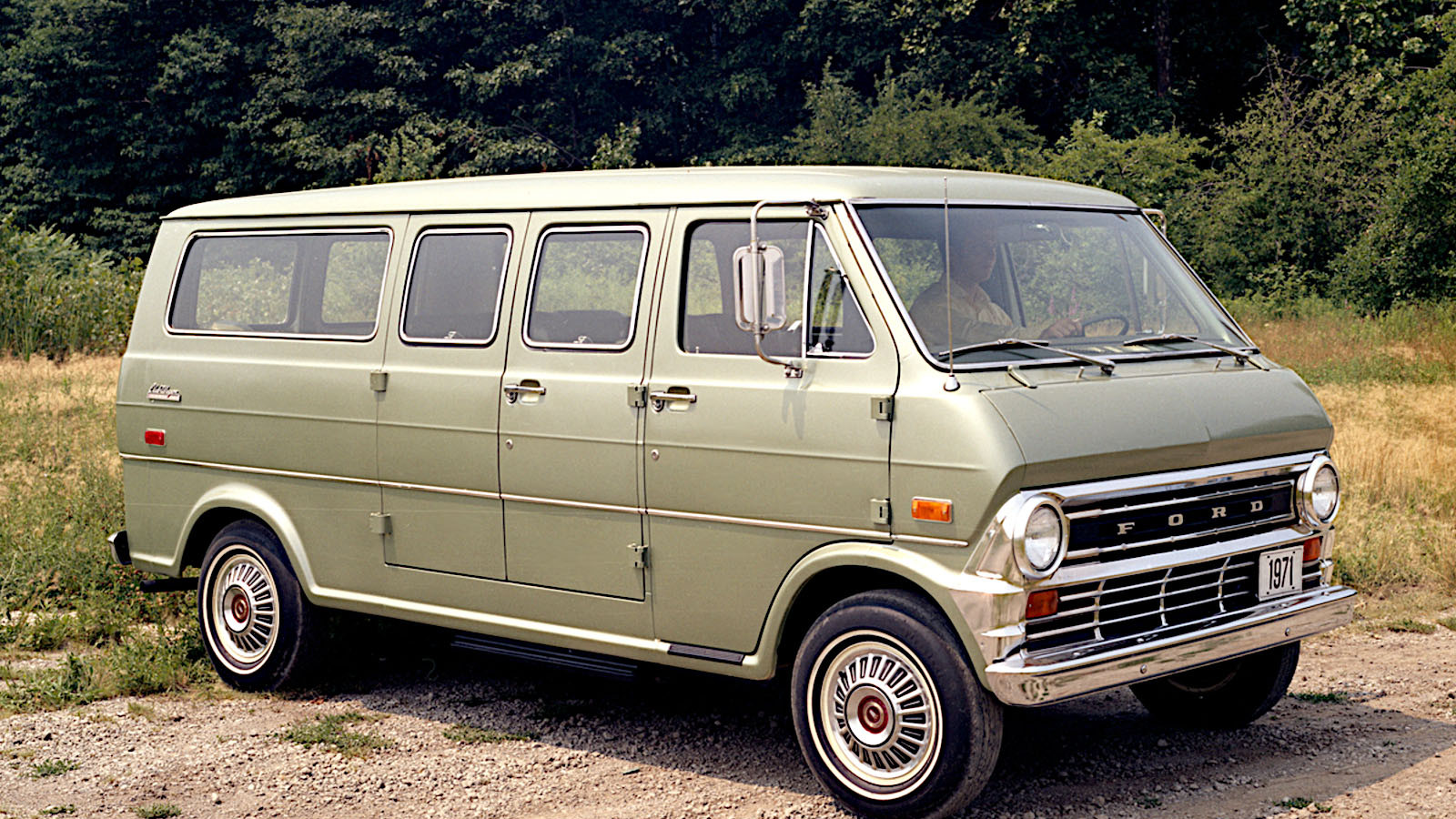 © Ford
© Ford -
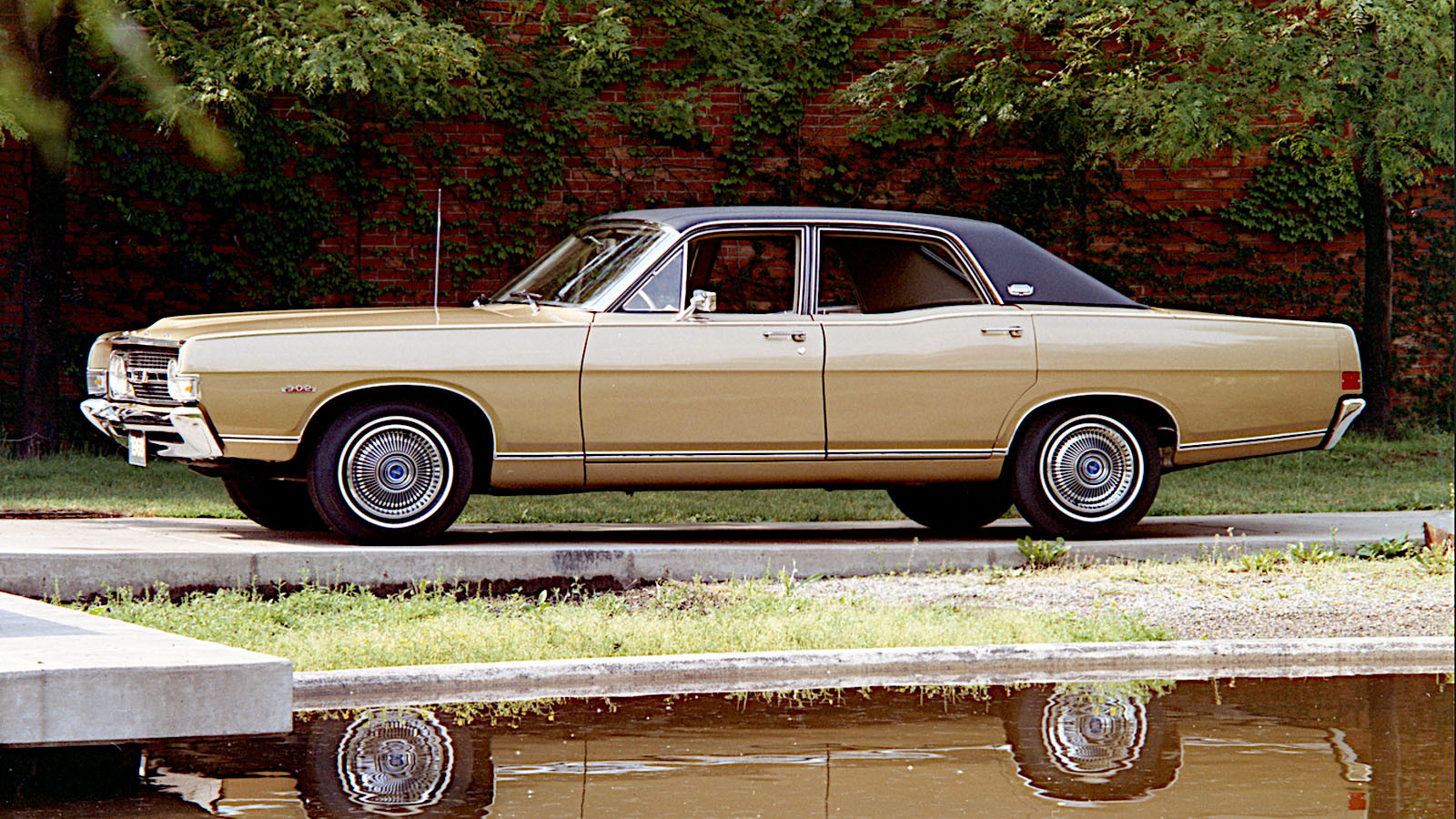 © Ford
© Ford -
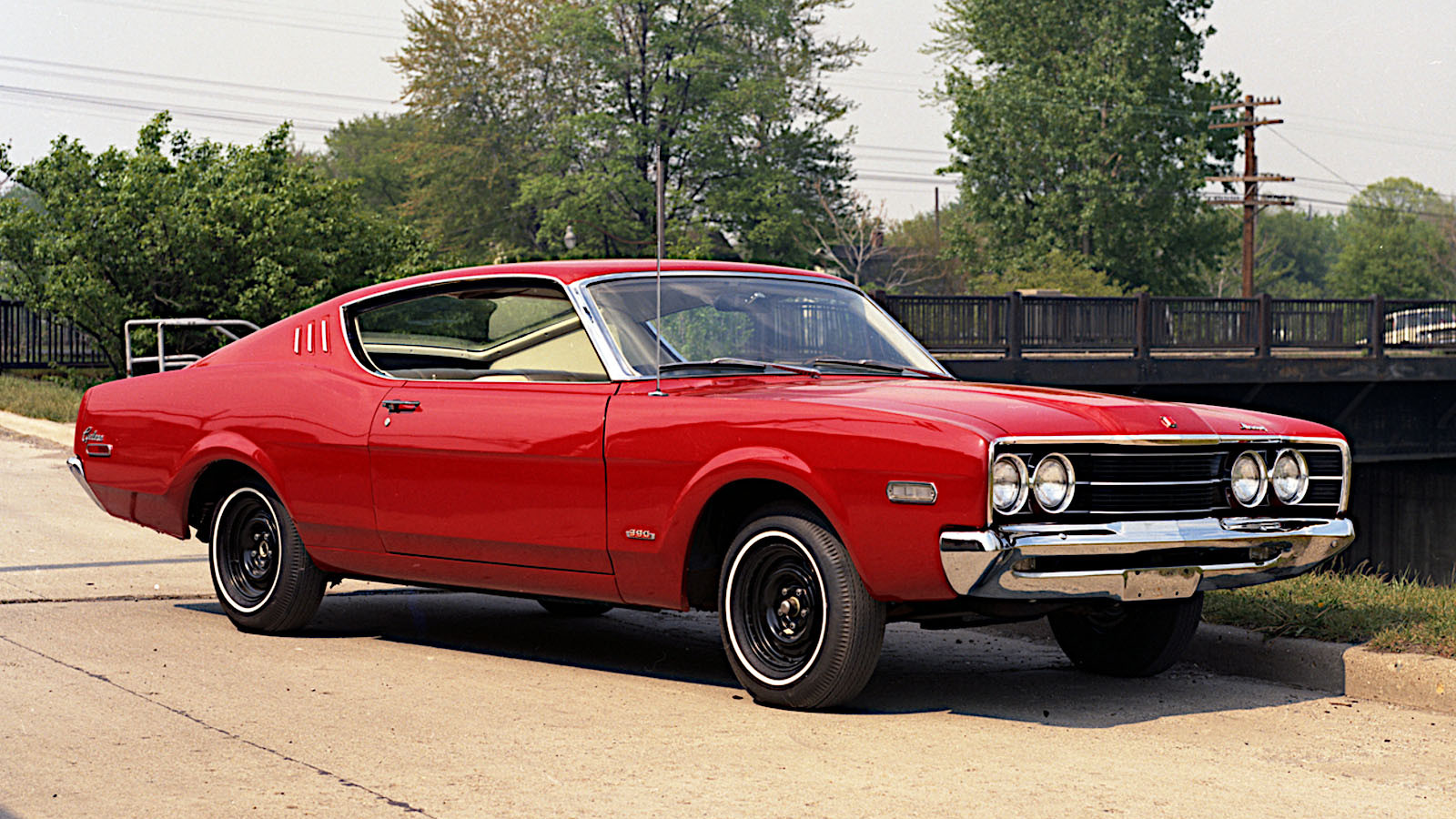 © Ford
© Ford -
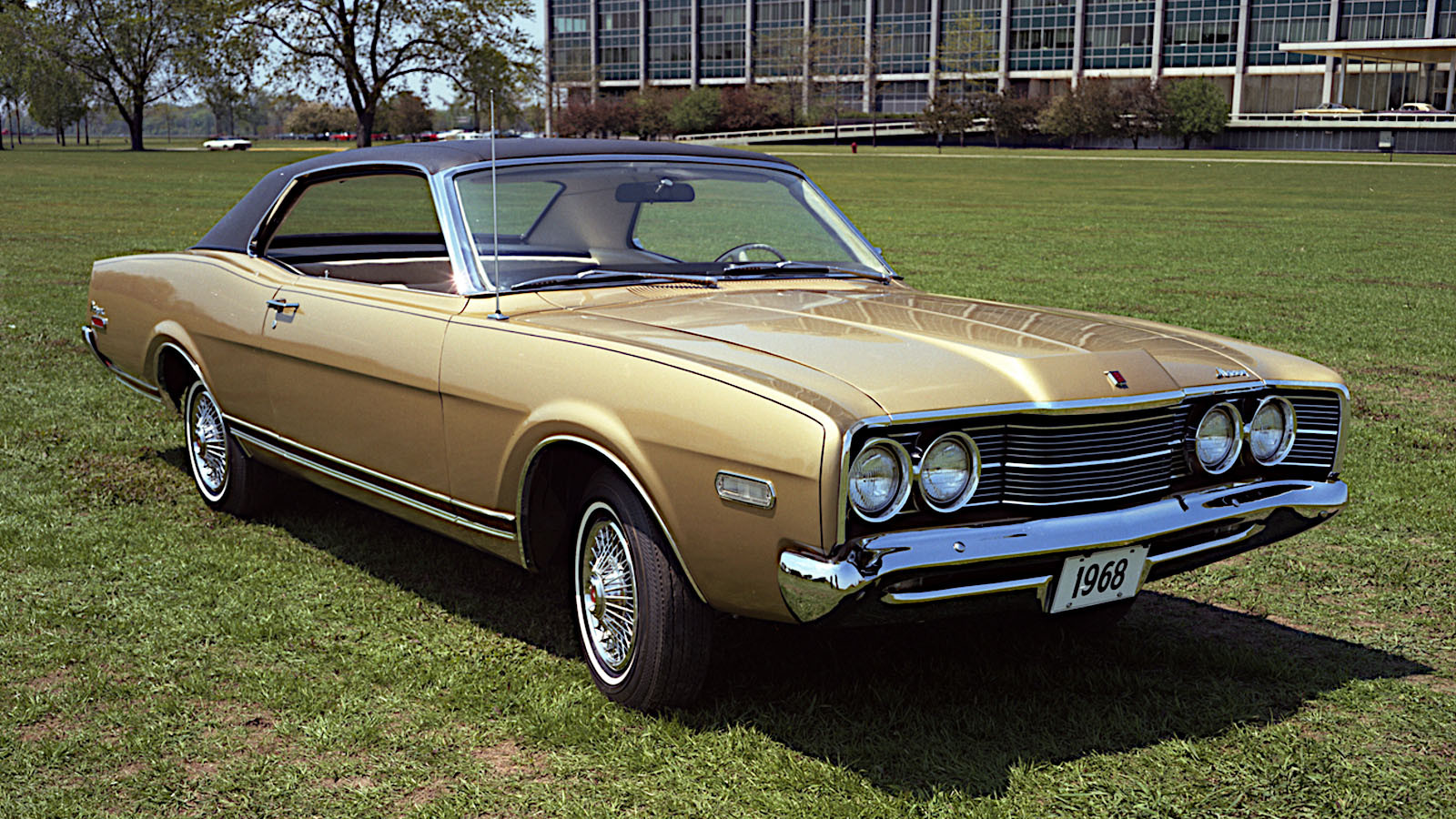 © Ford
© Ford -
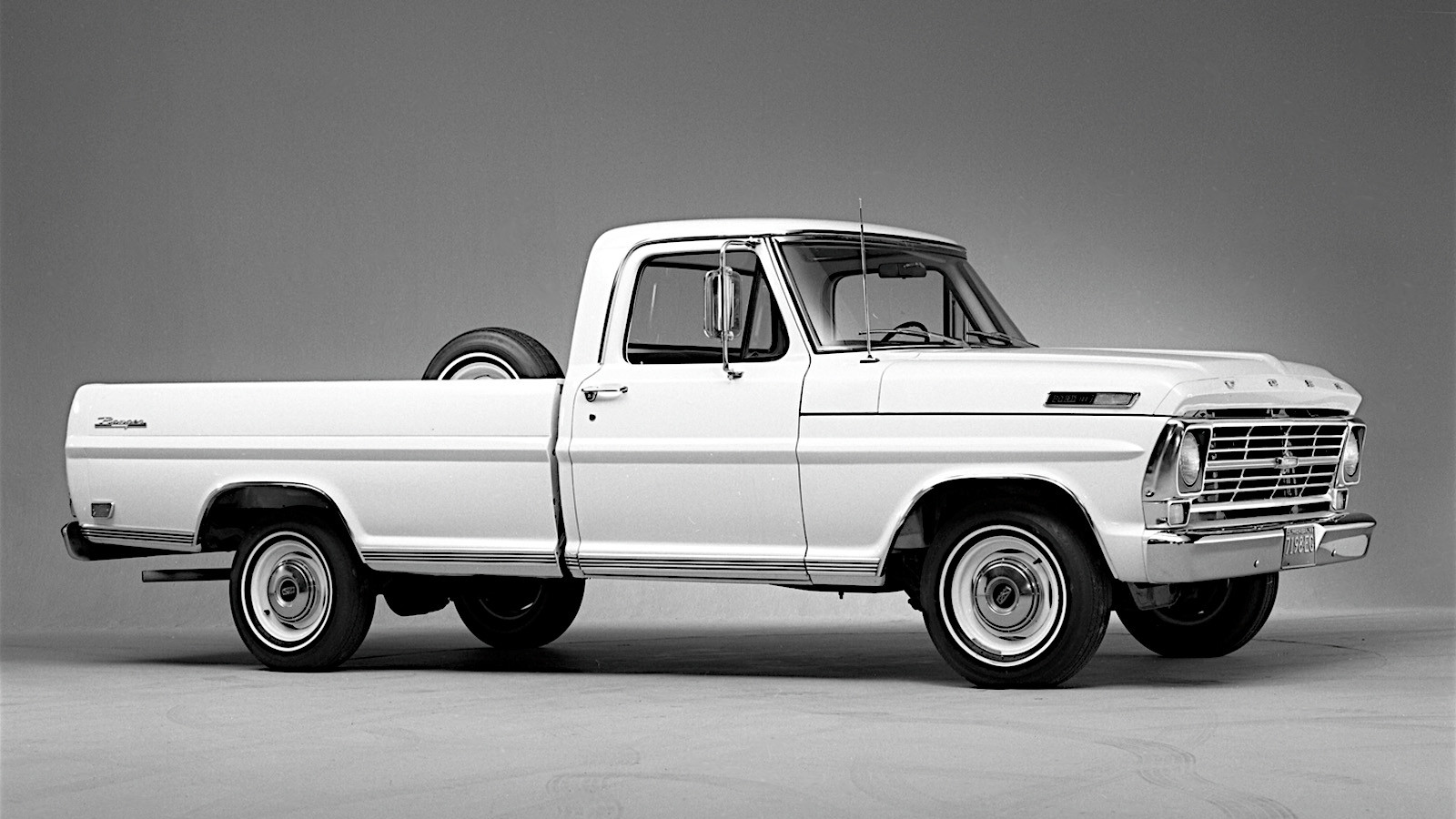 © Ford
© Ford -
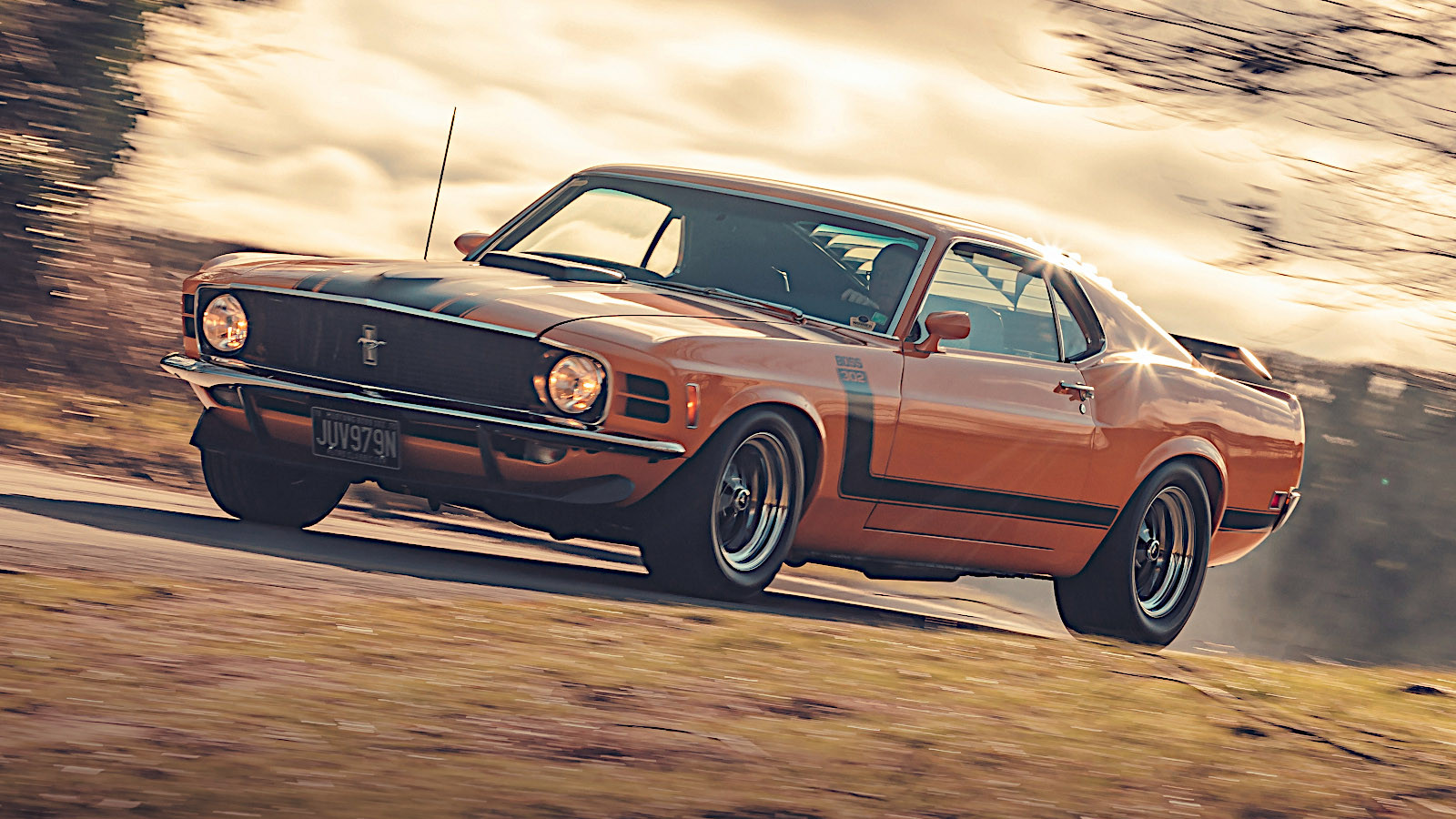 © Max Edleston/Classic & Sports Car
© Max Edleston/Classic & Sports Car -
 © Malcolm Griffiths/Classic & Sports Car
© Malcolm Griffiths/Classic & Sports Car -
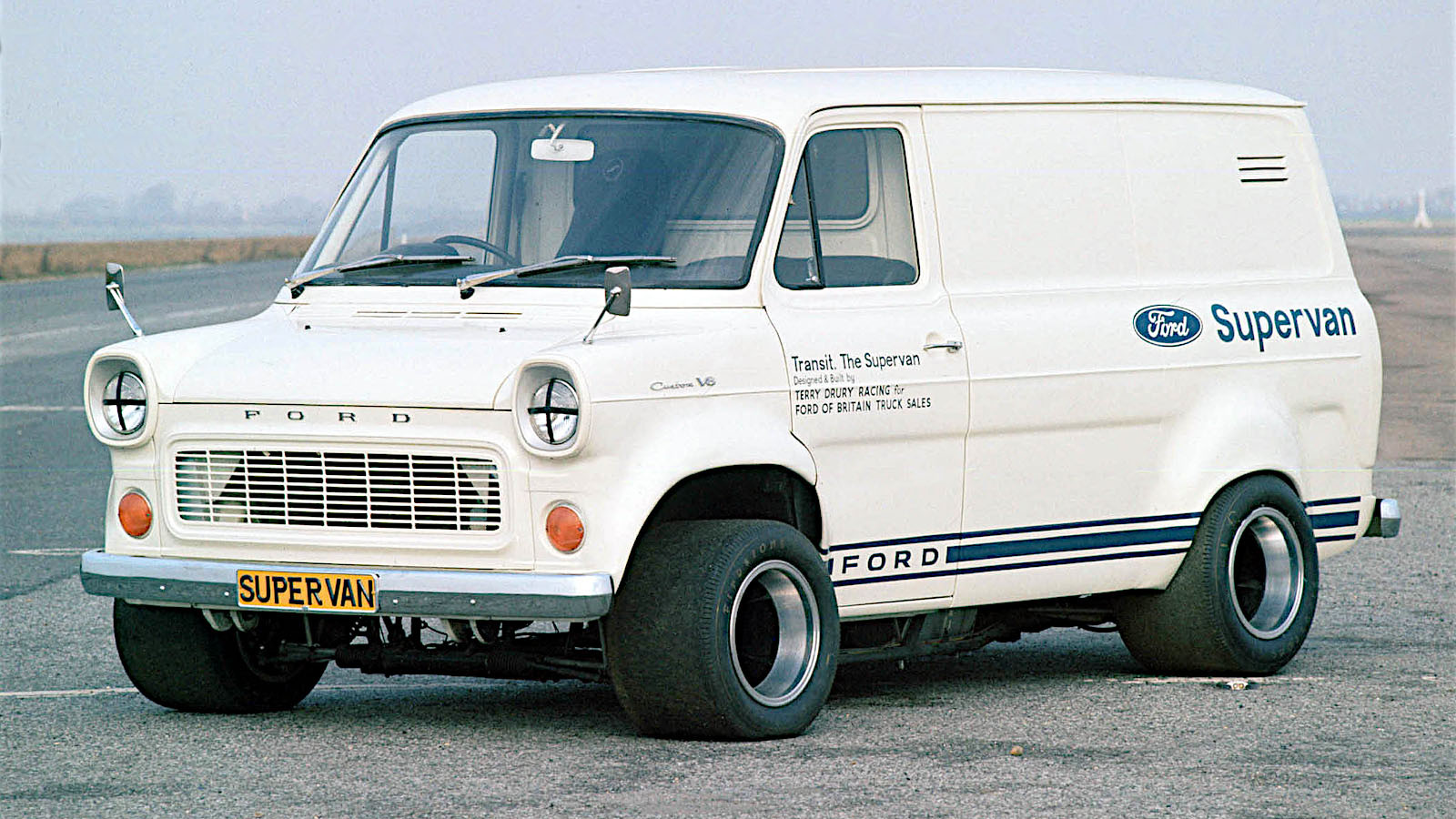 © Ford
© Ford -
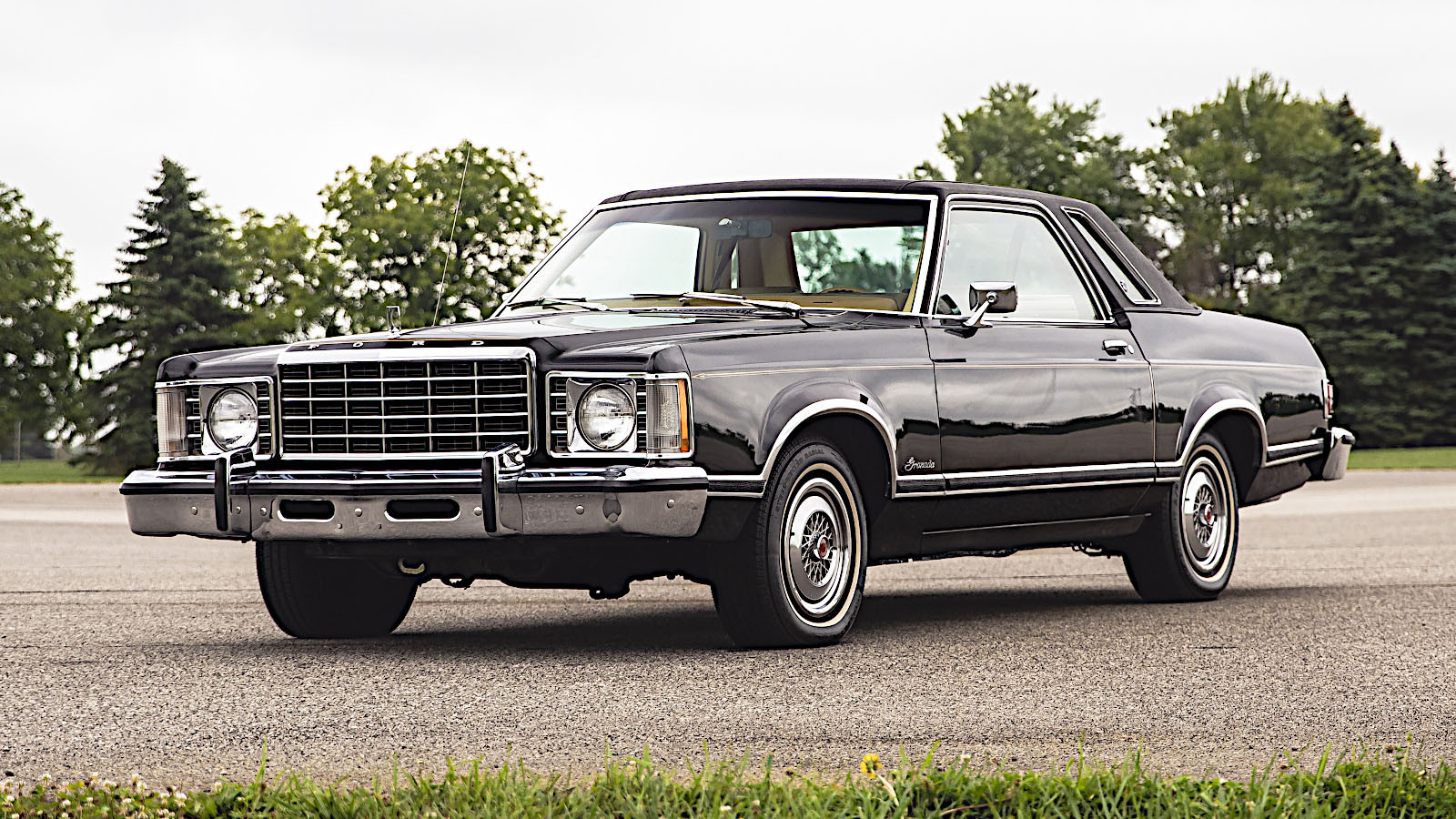 © RM Auctions
© RM Auctions -
 © Teddy Pieper/RM Auctions
© Teddy Pieper/RM Auctions -
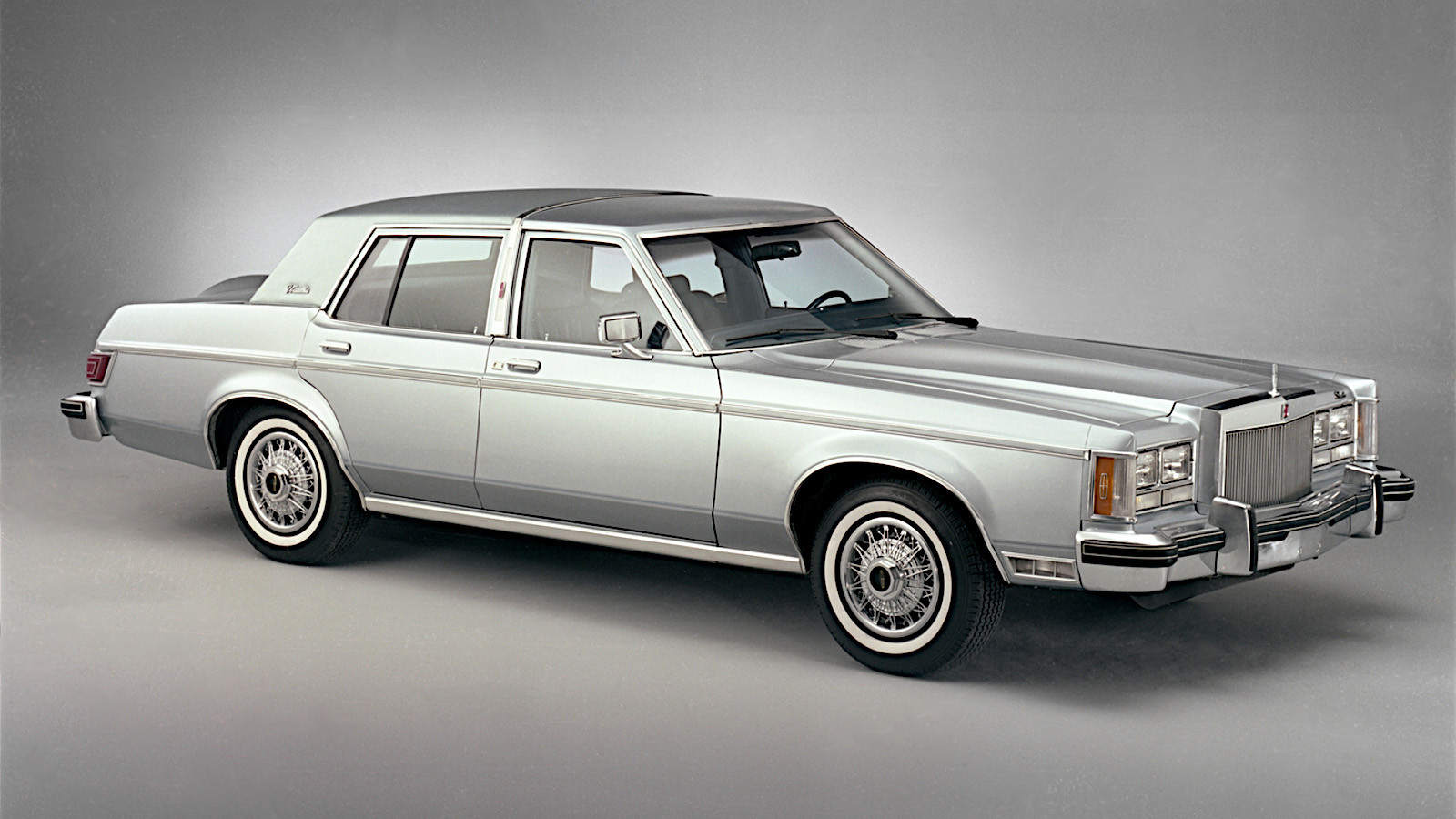 © Ford
© Ford -
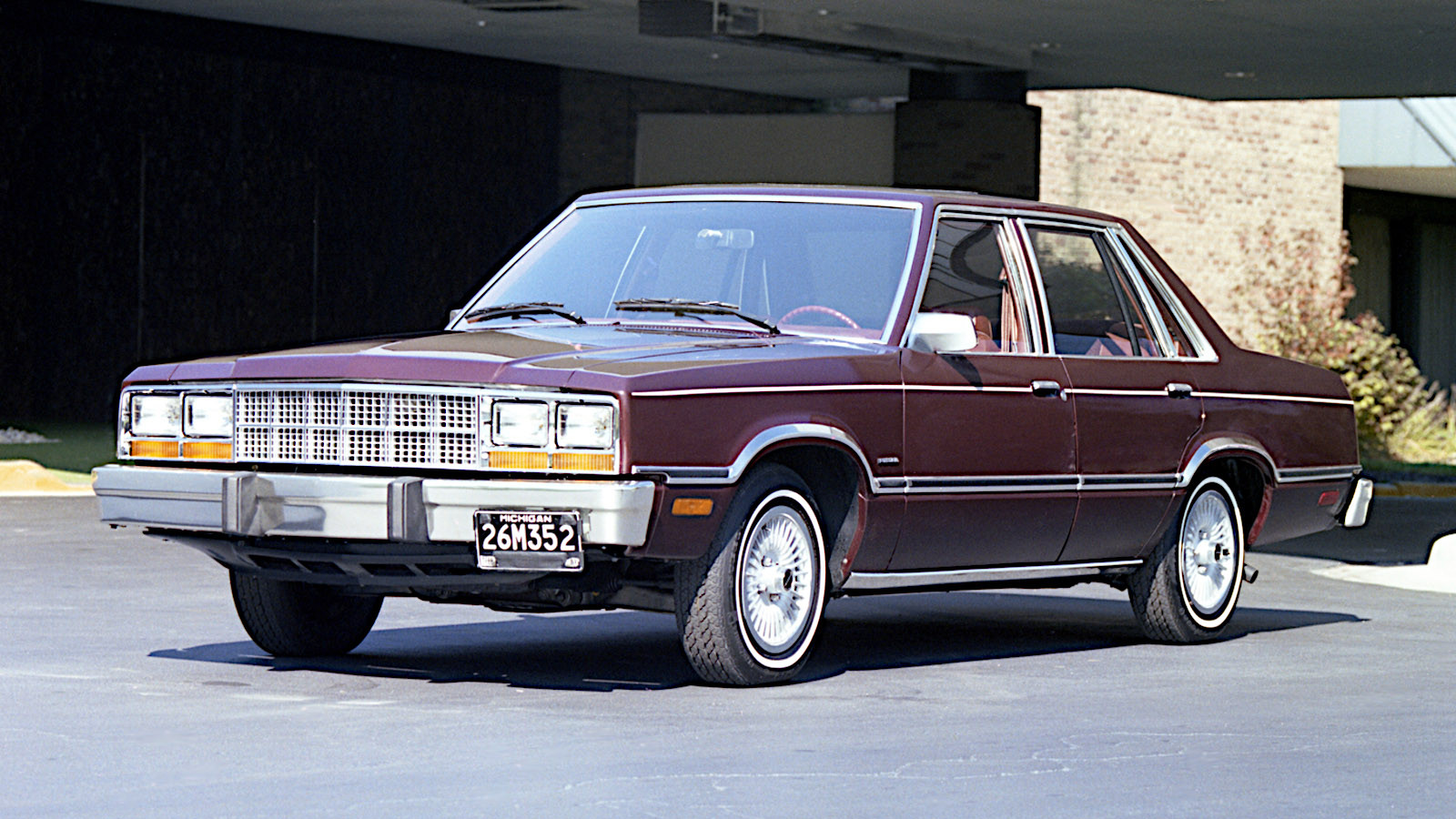 © Ford
© Ford -
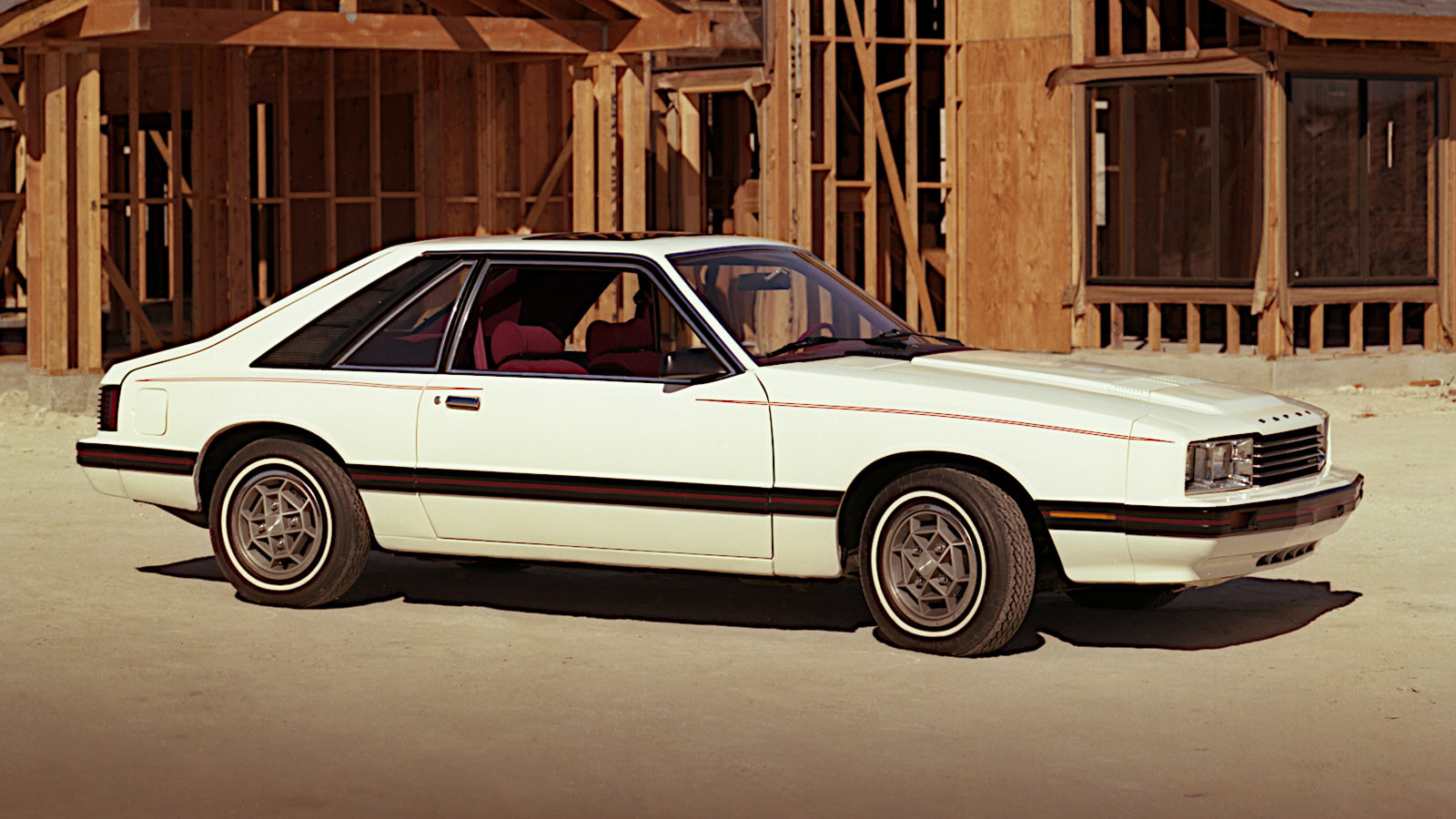 © Ford
© Ford -
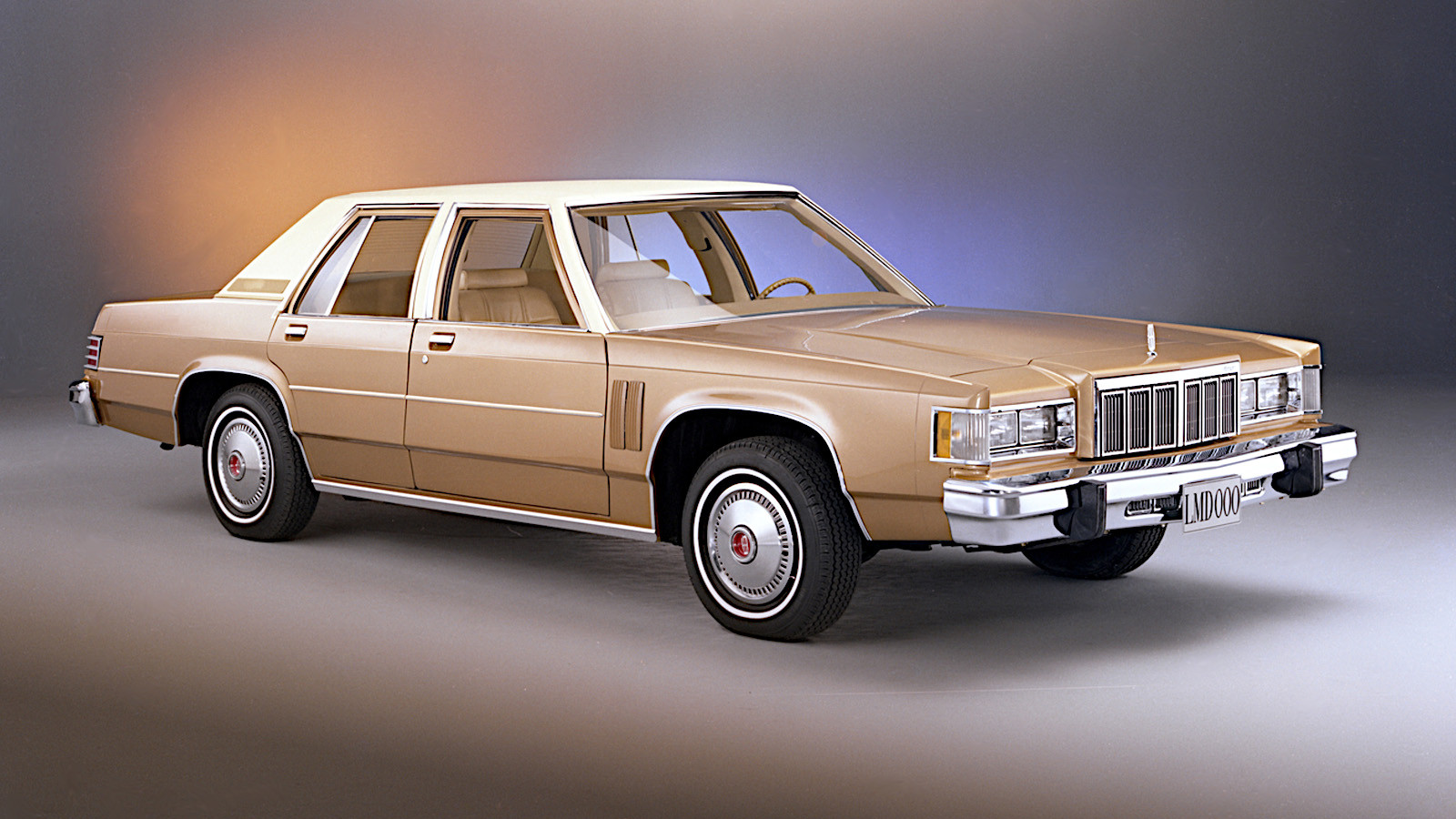 © Ford
© Ford -
 © Ford
© Ford -
 © Ford
© Ford -
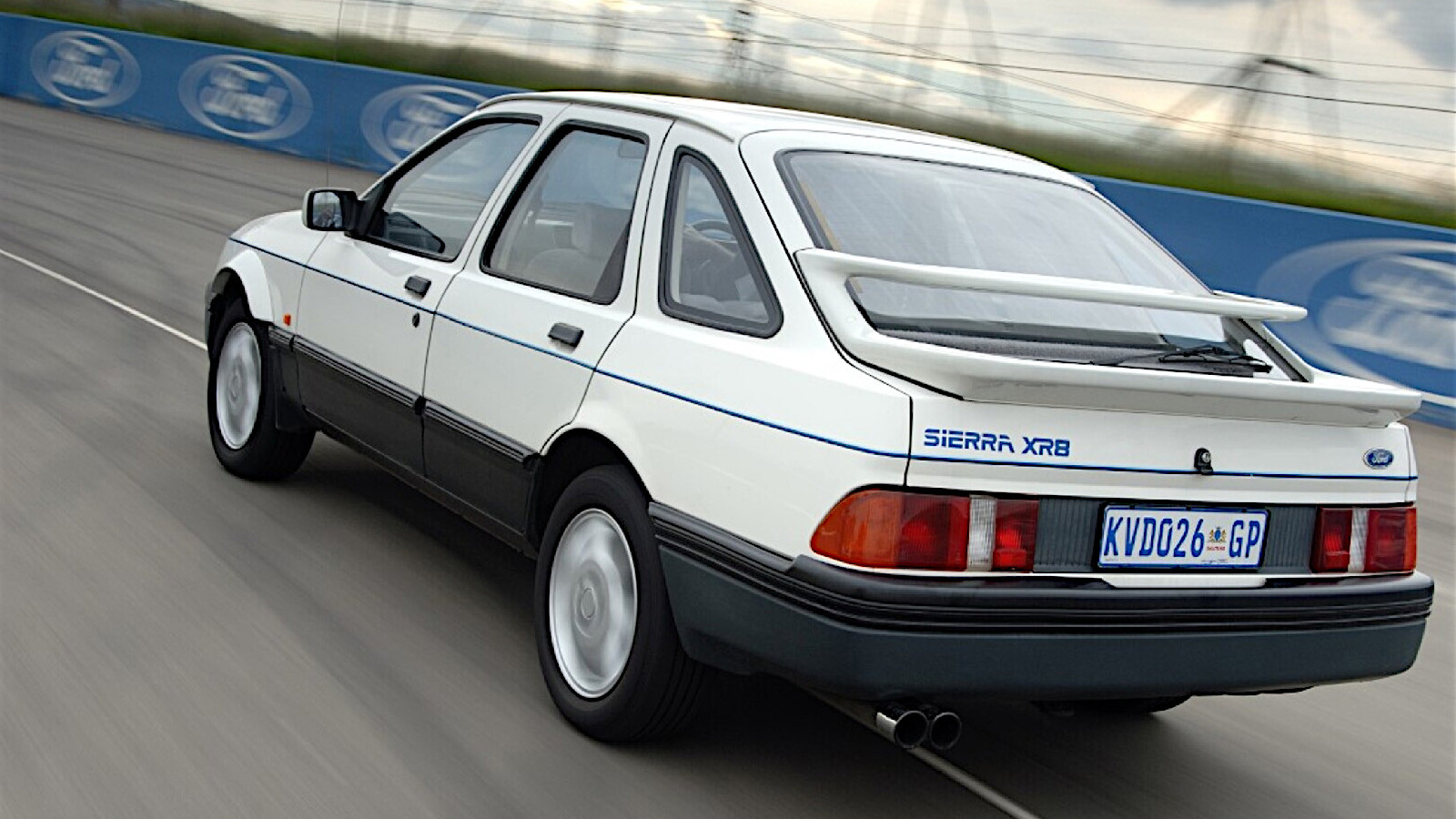 © Ford
© Ford -
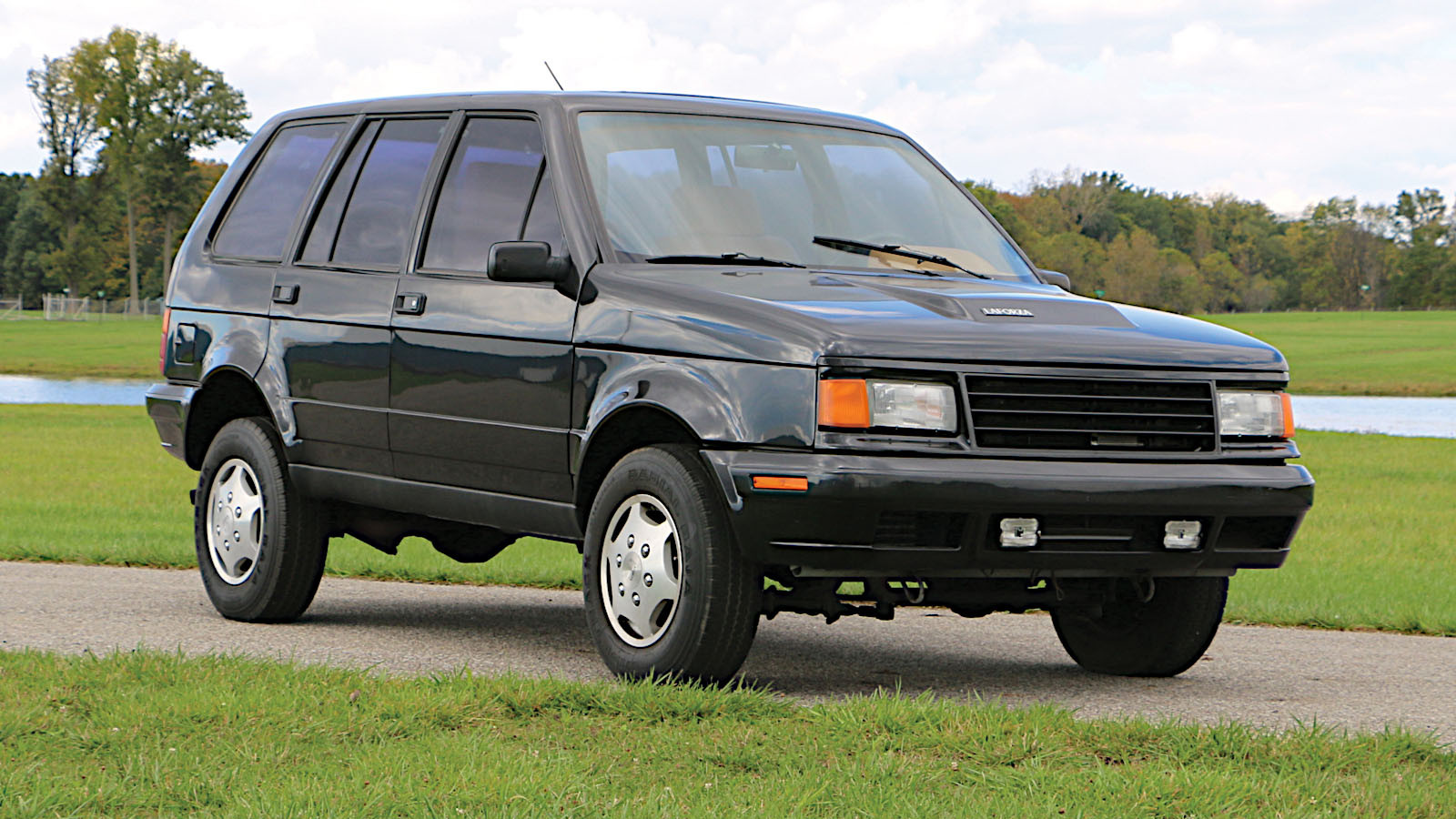 © RM Auctions
© RM Auctions -
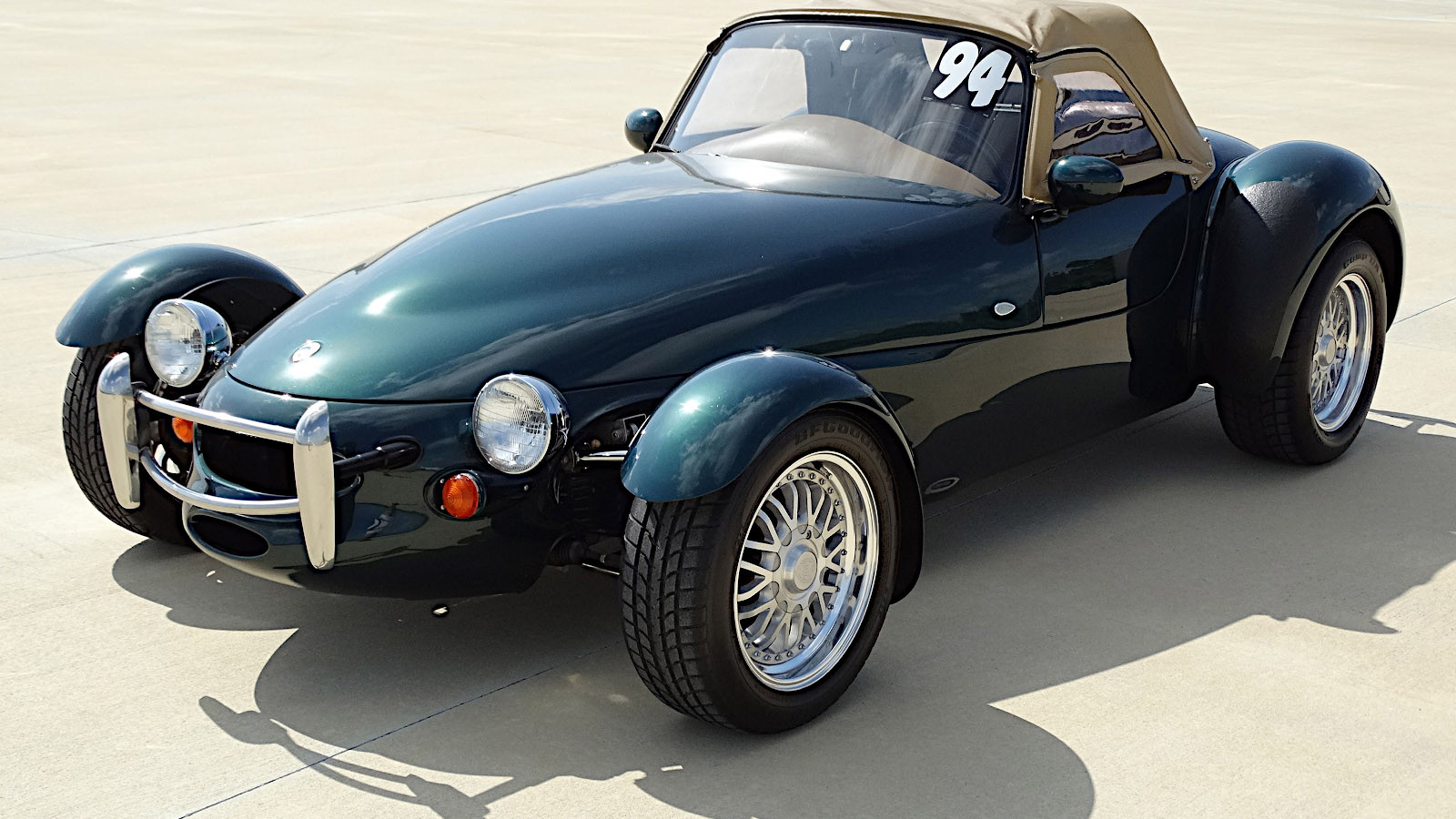 © RM Sotheby’s
© RM Sotheby’s -
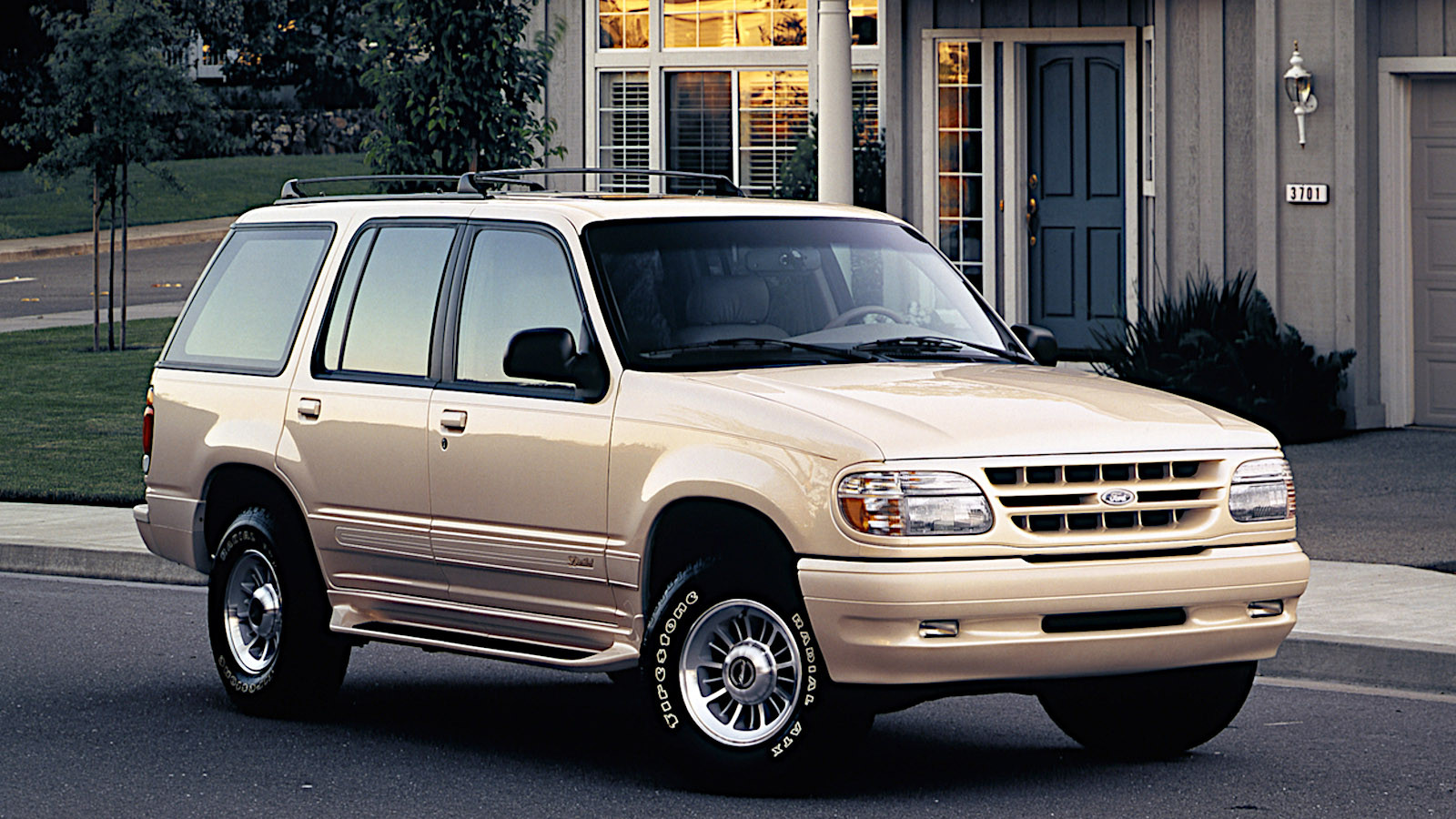 © Ford
© Ford -
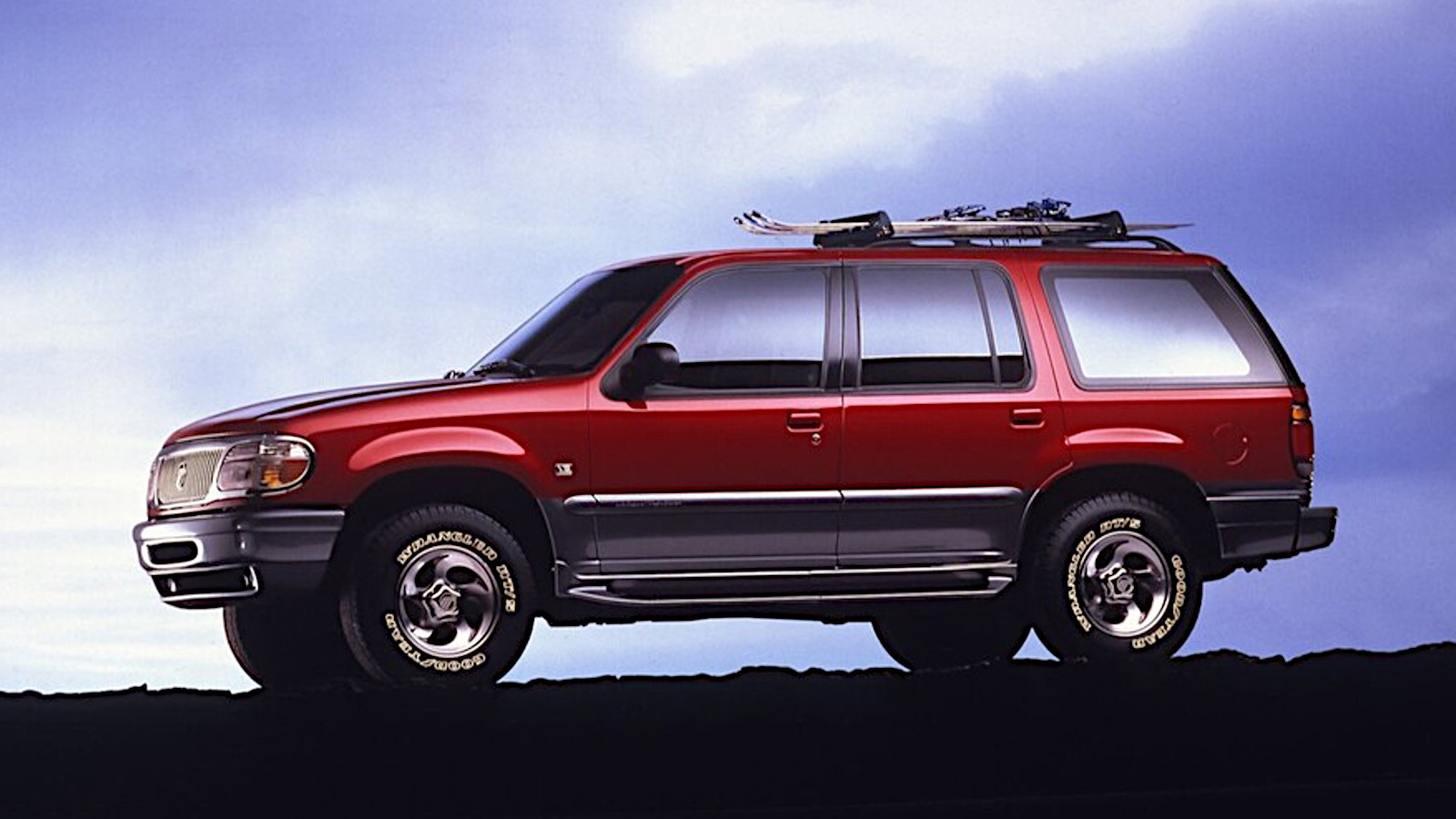 © Ford
© Ford
-
Great eight
In the second half of the 20th century, Ford built a 90-degree small-block V8 engine in extraordinary numbers.
To distinguish it from a similar V8 of the same period, it’s generally known as the Windsor (after the engine plant in Windsor, Ontario, where most, though not all, examples were built), but this was never an official name.
Ford and its associated brands used it in an enormous variety of vehicles, and it also appeared in cars built by several other manufacturers.
Enjoy our list of Ford Windsor V8-powered models, presented in order of when they first went on sale.
-
1. 1962 Ford Fairlane
Officially named Challenger, the Windsor was used in the fourth-generation Fairlane introduced in the 1962 model year, and stayed with the car for this and three more generations until the nameplate was dropped (in the US, at least) in 1970.
In its debut year, the V8 was available with a capacity of 221cu in (3.6 litres) and, thanks to an increased bore, 260cu in (4.3 litres).
Those engines lasted for two and three years respectively in the Fairlane, but were joined in 1963 by an even larger-bore 289cu in (4.7-litre) version which, by 1967, was the smallest of the four V8s available for the car.
Increasing stroke lengths brought about the 302cu in (4.9 litres), introduced in 1968, and the 351cu in (5.8 litres), which arrived in the following year.
-
2. 1962 Mercury Meteor
The short history of the Meteor began in 1961 with the introduction of a single-year full-size model which was too early for the Windsor, and might in any case have been too large.
A significantly smaller Meteor arrived in 1962 and featured, as an optional alternative to the Thriftpower straight-six engine, the 221 version of the Windsor.
Following the same practice used for the Fairlane, this was joined in 1963 (the final model year) by the 260, which Ford’s Mercury brand chose to market as the Lightning.
-
3. 1962 AC Cobra
The Cobra story began when Carroll Shelby decided that the British AC Ace sports car could be turned into something more potent by fitting an American V8 engine.
Ford supplied the new Windsor, which was used in 260cu in form in the prototype and early-production models before being replaced by the 289cu in.
Later Cobras had 7-litre engines, but these were big-block FE (‘Ford Edsel’) V8s, and not part of the Windsor family.
-
4. 1963 Ford Country Squire
Invariably decorated with wooden exterior trim, the Country Squire sat at the top of Ford’s full-size wagon range from 1950 to 1991.
The Windsor V8 became one of the engine choices in 1963, when it was known as the Galaxie (before being renamed Challenger), and was available in that year as a 260cu in and from 1964 to 1967 as a 289.
In 1968, the 302 was introduced and immediately became the standard engine, replacing the straight-six which was still available on Ford’s less-expensive wagons.
Windsors of various types were available for almost all Country Squires from then on, though the engine was dropped in favour of larger V8s in 1974 and didn’t return until 1978.
-
5. 1963 Ford Falcon
The 260 Windsor was added to the Falcon range halfway through the final model year of the first generation, and was joined for the second by the 289.
In 1965, this was available in three forms, the Challenger, the Challenger Special and the Challenger High Performance, each with more power than the one before.
The 289 was also used for most of the third generation, but was replaced for 1969 and 1970 by the 302.
The first Windsor-powered Australian Falcon (and indeed the first with any V8 engine at all) arrived in 1966, and Ford Australia continued to use it in later versions of the car many years after the US model was discontinued.
-
6. 1963 Ford Galaxie
Windsor V8 availability in the Ford Galaxie followed the usual pattern of increasing capacity.
According to the official brochure, the engine was offered only as a 260cu in unit in 1963, but it was replaced immediately afterwards by the 289, which was in return replaced by the 302 in 1968.
The 302 was joined by the new 351 in 1970, and replaced by it in 1972.
The Galaxie’s final year was 1974, when Windsors were temporarily dropped from all the large Ford sedans.
-
7. 1963 Ford Ranchero
The Ranchero was a car-based pick-up related to several different Ford models during the lifetime of the nameplate.
It was a variant of the Falcon in 1963, when the Windsor 260 became available in very small numbers.
The 289 was soon added, and later Windsor V8s were still being used when the seventh and final Ranchero met its end after the 1979 model year.
-
8. 1963 Mercury Comet
The Comet – a range which included the Cyclone for several years – was the second Mercury after the Meteor to be fitted with the Windsor V8 engine.
The 260 was introduced late in the 1963 model year and survived into 1964, but the 289 lasted until 1967 before making way for the 302 and 351, which were used for one year each in 1968 and 1969 respectively.
There was no Comet in 1970, but the nameplate returned from 1971 to 1977 for Mercury’s equivalent of the Ford Maverick compact.
Like the Maverick, this final Comet had no need for a V8 larger than the Windsor 302, which was the more powerful engine option for both models.
-
9. 1964 Ford GT40
Created for racing but also sold as a road car, the GT40 was always powered by a Ford V8 of some sort, either the Windsor or the 7-litre big-block FE.
With the latter, it won the Le Mans 24 Hours in both 1966 and 1967, results which almost entirely justified the whole project.
When a 5-litre capacity limit was introduced, the FE became ineligible, so Ford switched back to the 4.9-litre Windsor 302.
Now less powerful than it had been, the GT40 nevertheless won Le Mans again in 1968 and 1969, making Ford only the fourth manufacturer after Bentley, Alfa Romeo and Ferrari to take victory in four consecutive years.
-
10. 1964 Ford Mustang
Things would change later, but on its introduction late in the 1964 model year the Mustang was available only with the Windsor engine – a 260, a 289 and a 289 High Performance.
With the exception of the original 221, which had already been abandoned by 1964, Mustangs were powered by Windsors of all sizes, right up to the 5.8-litre 351, whose 3.5in stroke was the longest ever used in this engine.
In the early 1980s, the third-generation Mustang was briefly available with the 255 Windsor, whose feeble output was disappointing in everything it was fitted to, but particularly in what had once been regarded as a performance car.
Fortunately, it didn’t stick around for long, and Ford continued to use more powerful Windsors in Ford Mustangs well into the ’90s.
-
11. 1964 Sunbeam Tiger
Similar in concept to the slightly earlier AC Cobra, the Tiger was a British sports car – the Sunbeam Alpine – adapted by Carroll Shelby to take a Ford V8 engine.
As with the Cobra, that engine was the Windsor, though in this case nothing else was ever fitted.
Early Tigers were powered by the 260, but those built from late 1966 onwards had the larger 289.
What might have happened next can only be the subject of speculation, since the Rootes Group, which owned the Sunbeam brand, was taken over by Chrysler, which understandably objected to the idea of producing a car powered by an engine supplied by a rival company.
-
12. 1965 Ford LTD
Introduced as a variant of the Ford Galaxie, the LTD became a model in its own right in 1966, and was powered in succeeding generations by Windsor V8s ranging from the 289 to the 351 (later renamed 5.8) – and briefly including the unloved 255 – all the way to 1982.
In the final generation, manufactured from 1983 to 1986, there were no V8s in the range at all other than the 5.0 (formerly 302) High Output Windsor which powered the rare LX in the middle two years.
During the same period, however, the 5.0 was used in the LTD Crown Victoria, which, despite the similar name, was a different car.
Another variant was the LTD II, sold from 1977 to 1979 and only ever powered by the 302/5.0.
-
13. 1966 Ford Bronco
For its first few months, the original Ford Bronco was sold only with a straight-six engine, but the 289 Windsor became an option in March 1966.
The 302 replaced it in 1969, and from then on either this engine or the 351, or very frequently both, powered Broncos in every model year except 1978 and 1979, when Ford used the Cleveland V8 instead.
In both 1975 and 1993, the 302 became the standard engine when a smaller straight-six was dropped from the range.
The Bronco II, produced from 1984 to 1990, was a different, smaller vehicle, and never had the Windsor engine.
-
14. 1967 De Tomaso Mangusta
De Tomaso’s second car was similar in concept to the earlier Vallelunga, both being mid-engined sports cars with backbone chassis.
However, while the Vallelunga was powered by Ford’s 1.5-litre four-cylinder pre-crossflow Kent engine, De Tomaso opted for the considerably larger V8 for the Mangusta.
Cars sold in Europe had a modified version of the 289, but for the US De Tomaso supplied a more or less stock 302.
-
15. 1968 Ford E-series
The Ford E-series range, which included the load-carrying Econoline and, later, the multi-passenger Club Wagon, was powered only by straight-six engines in its first generation.
The 302 Windsor was an option throughout the second and was replaced by the 351 for the third, which arrived in 1975.
The 302 returned in 1979, however, and was available alongside the 351 from 1979 until 1996.
For 1997, Ford thoroughly revised the engine line-up for these vehicles, replacing the Windsor with the Triton, as the overhead-cam Modular V8 was known in truck applications.
-
16. 1968 Ford Torino
The Torino began life as a sub-series of the Fairlane, and was available right from the start with the Windsor 302, which was standard on the Torino GT and optional on everything else.
The 351 was added in 1969, but the 302 continued through the generations before being abandoned in 1974.
351s were listed until the nameplate came to an end in 1976, but this could refer to either the Windsor or the identically sized but otherwise significantly different Cleveland V8.
-
17. 1968 Mercury Cyclone
The Cyclone was disengaged from the Comet range in 1968 and became a model in its own right.
As with other V8 Fords of this period, use of the Windsor engine is not always easy to identify, because there were 351 versions of both that and the Cleveland.
In 1968 and 1969, however, the Cyclone was fitted with a 302 (with different ratings depending on carburettor, compression ratio and exhaust), which must be the Windsor because there was no Cleveland of that size.
The ’69 Cyclone Spoiler II, a homologation special created to satisfy requirements for NASCAR racing, competed with a 7-litre engine, but was supplied to customers in roadgoing form with the Windsor 351.
-
18. 1968 Mercury Montego
Mercury produced the Montego in two generations from 1968 to 1976.
The Windsor 302 was available right from the start, and was the smallest V8 offered in that generation.
It initially fulfilled the same role in the second Montego, launched in 1972, but was dropped, along with the entry-level straight-six, after three years.
The third Montego didn’t come along until 2005, and was not fitted with a Windsor, or indeed a V8 engine of any sort.
-
19. 1969 Ford F-series
During the 1969 model year, Ford began offering the Windsor 302 as an option in the rear-wheel-drive version of its smallest F-series, the F-100.
The situation remained the same for some time after that, though the 302 was later introduced to the F-150 in 1977 (two years after that model had made its debut) and the F-250 in 1980.
A tuned 5.8 was used in the mid 1990s for the high-performance SVT Lightning, based on the contemporary F-150.
As with the E-series, the Windsor was used in the F-series up to 1996, after which it was replaced by the more modern Triton engine.
-
20. 1969 Ford Mustang Boss 302
The Boss 302 engine, developed for racing but also used in the production Ford Mustang and Mercury Cougar Eliminator, is being treated separately here because it was what might be described as a half Windsor.
After unfortunate experiences with a Windsor fitted with Tunnel Port cylinder heads, Ford went in a different direction and used the heads designed for the Cleveland 351 engine, which was not yet fitted to any car on sale to the public.
Mustangs and Cougars fitted with it were sold only in 1969 and 1970, and are highly prized today.
-
21. 1970 Ford Capri
The Capri was developed by Ford of Europe, which only ever fitted it with four- or six-cylinder petrol engines ranging in size from 1.3 to 3.1 litres.
In South Africa, Basil Green decided he could go one better, and began fitting locally built Capris with the 5-litre Windsor 302, with appropriate upgrades to the gearbox, suspension, brakes, wheels and tyres.
The Perana, as it was called, was the only officially sanctioned V8 Capri in the world, and was sold with a full Ford warranty.
The project was successful at first, but collapsed due to the global oil crisis in 1973.
Company boss Lee Iacocca, who was very impressed with Green’s work, responded by arranging for him to become a Ford dealer in 1974.
-
22. 1971 Ford Transit
The single example of a Ford-sanctioned Windsor-engined Transit was the first in a series of unlikely vehicles known as Supervan.
Constructed by Terry Drury Racing, it was essentially a GT40 built into the shell of a Mk1 Ford Transit, with nothing under the bonnet and an engine and transaxle mounted in what would normally be the load area.
The engine was a Windsor 302, tuned by Gurney-Weslake and producing vastly more power than Transit customers ever had access to.
Like its successors, this original Supervan was commissioned entirely for publicity purposes, and wowed the crowds at race circuits and drag strips – and, at one point, even a short-course oval – around the UK.
-
23. 1975 Ford Granada
Unrelated to the European model of the same name, the first-generation North American Granada had a 4.1-litre straight-six engine as standard, but there was always at least one V8 option.
The Windsor 302 was offered throughout the lifetime of the car, with the 255 making an appearance in 1980.
Optimistically described as having been ‘designed for efficiency’, the 255 was the only engine available to Granada customers in California that year.
The European Granada, which had made its debut in 1972, was never officially fitted with a V8, but Basil Green developed a 302-powered version for South Africa, as he had done with the Capri.
-
24. 1977 Ford Thunderbird
Thunderbirds had been powered by V8 engines since they were introduced in the 1955 model year, but by the time the Windsor came along they were so large and heavy that big-block motors were required to give them reasonable performance.
The seventh-generation car launched in 1977 (pictured) was 10in shorter than its immediate predecessor, which made it possible for the Windsor 302 to become the standard motor.
The eighth T-bird was even smaller, making the puny 255 a not entirely unacceptable choice, while the 302 came back as an option for the more performance-oriented ninth model.
There were no V8s for the first two years of the 10th, but the 5.0 Windsor was fitted from 1991 to 1993, before it was replaced by the overhead-cam Modular.
-
25. 1977 Lincoln Versailles
One of the few Lincolns fitted with the Windsor engine, the Versailles was produced from 1977 to 1980, during which time it was roundly outsold by the Cadillac Seville.
In its debut year, the standard engine was the 351, with the 302 available in California and in high-altitude areas.
The 351 was quickly dropped, and for the rest of its life the Versailles was only ever offered with the 302.
-
26. 1978 Ford Fairmont
During its six-year run, the Ford Fairmont was always available with the 2.3-litre Lima four-cylinder engine or the 3.3-litre Thriftpower ‘six’, but the Windsor was also offered for a while as an option.
In 1978 and 1979 it appeared in 302 form, which was replaced in the following two years by the 255.
This was dropped for 1982, and no other V8 was ever used in the Fairmont after that.
-
27. 1979 Mercury Capri
Having rebadged and slightly reworked the European Capri for several years, Mercury used the same name for its counterpart to the third-generation Ford Mustang.
Windsors featured in all eight model years, starting in 1979 with the 302, which was replaced almost immediately by the 255.
The 255 was joined in 1982, and subsequently replaced entirely, by the new 5.0 High Output, which made its debut in the Mustang in the same year.
The HO was the only engine used in the Capri-based ASC McLaren, which had upgraded suspension and styling, and was available both as a coupe and, unlike the Mercury, as a convertible.
-
28. 1979 Mercury Marquis
The Marquis line is slightly too complicated to explain in detail here, since it also includes the Grand Marquis and a version of the station wagon called Colony Park.
The engine situation is easier to deal with, at least from 1979 to 1991, since it involves only the Windsor.
This was always available in 302 form (gradually renamed 5.0, though as mentioned earlier that was a slight exaggeration), briefly with the 255 and occasionally with the 351/5.8.
In 1992, the only remaining model was the new Grand Marquis, for which the Windsor was abandoned in favour of the Modular V8.
-
29. 1980 Lincoln Continental
When the Windsor first appeared, it would have been considered quite unsuitable for the Continental, which at the time was not powered by any engine with a capacity under 7 litres.
Things had changed by 1980, when the sixth-generation Continental (sold only in that model year) was available with the 302 as standard and the 351 as an option.
The 302 was also the standard engine throughout the seventh generation, which lasted from 1982 to 1987.
-
30. 1981 Lincoln Town Car
Previously part of the Continental range, the Town Car became a separate model in 1981.
Throughout the whole of its first generation, which ended after the 1989 model year, the Windsor 302 was the standard engine.
It held the same status for the first year of the second generation, but was replaced in 1991 by the 4.6-litre Modular V8, which was still being used when the third Town Car entered its final model year two decades later.
-
31. 1984 Ford Sierra
As had already been the case with the European-designed Capri and Granada, South Africa was the only country to put a V8-engined Ford Sierra on sale to the public.
Once again, the V8 in question was the Windsor 302, though in this case the project was created not by Basil Green but by Ford’s South African subsidiary itself.
The XR8, as the car was called, was a homologation special, intended to bring success to Ford in circuit racing.
Around 250 examples were built, with Granada transmission parts replacing the standard Sierra ones to cope with the Windsor’s substantial torque.
-
32. 1989 Laforza
The Rayton-Fissore Magnum was a large Italian luxury SUV available with a variety of engines.
For sale in the US, it was fitted with the Windsor 302 and renamed Laforza.
Uptake was very low, which didn’t help the project, but did mean that the Laforza is one of the more intriguingly obscure parts of Windsor history.
-
33. 1992 Panoz Roadster
The origins of the Roadster lie in the TMC Costin, an Irish two-seat sports car usually powered by the 1.6-litre Ford Kent engine.
Rights to the car were acquired by Panoz, which thoroughly re-engineered the car using as many components as possible from the contemporary Ford Mustang, including the Windsor 302 engine.
A prototype was unveiled in July 1990, and the Roadster became fully certified for sale in the US two years later.
Production continued until 1995, after which Panoz marketed the updated AIV (Aluminium Intensive Vehicle) Roadster, powered by the 4.6-litre Modular V8.
-
34. 1996 Ford Explorer
Introduced in 1991, the Explorer SUV was initially available only with a V6 engine, but the Windsor 5.0 was added to the range in 1996, the second year of the second generation.
Although it probably wasn’t evident at the time, this was a historic moment – the Explorer had become the latest-released Ford-branded vehicle to have the Windsor in its line-up.
The story came to an end a few years later, when the engine no longer appeared in the Explorer brochure for 2001.
-
35. 1997 Mercury Mountaineer
Closely related to the second Ford Explorer, the first Mountaineer was launched in 1997 with only the Windsor 5.0 listed.
It was joined in the following year by a 4-litre V6, and the two engines remained available through to the end of the generation in 2001.
A new Mountaineer was introduced in 2002, and inevitably the grand old V8 had been replaced by the far more modern 4.6-litre Modular engine.
We hope you enjoyed this gallery. Please click the ‘Follow’ button above for more super stories from Classic & Sports Car.
